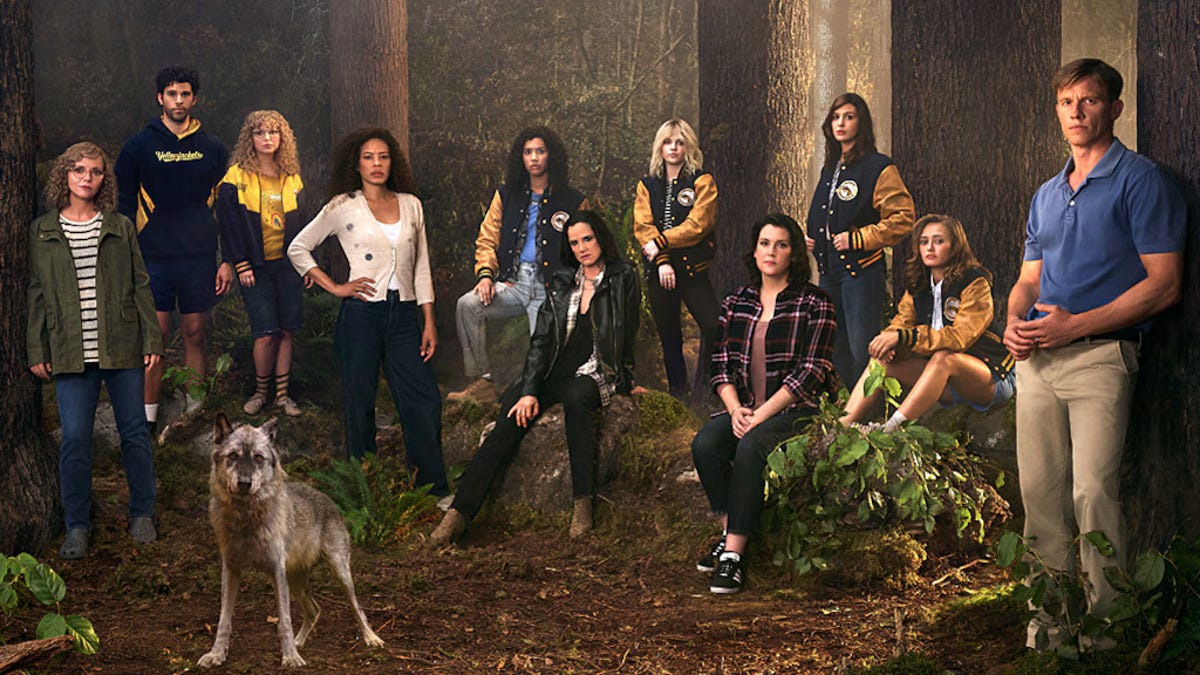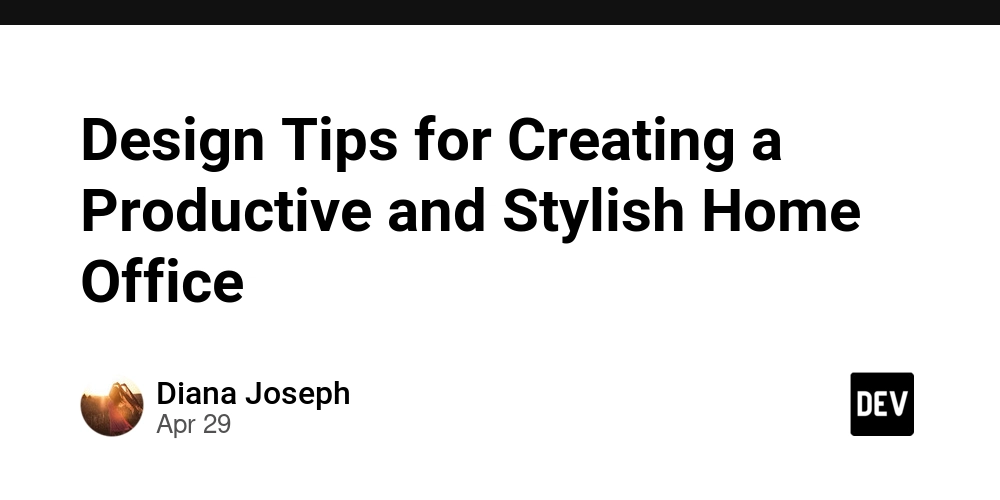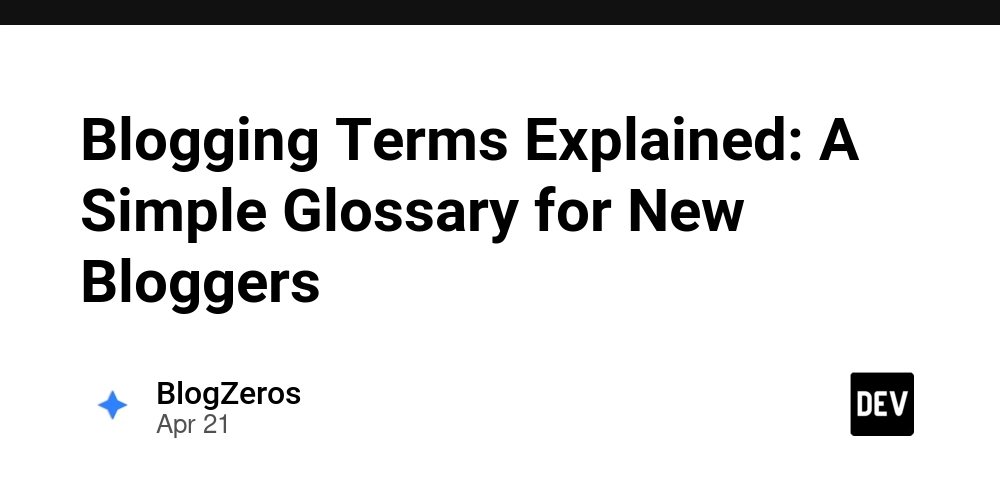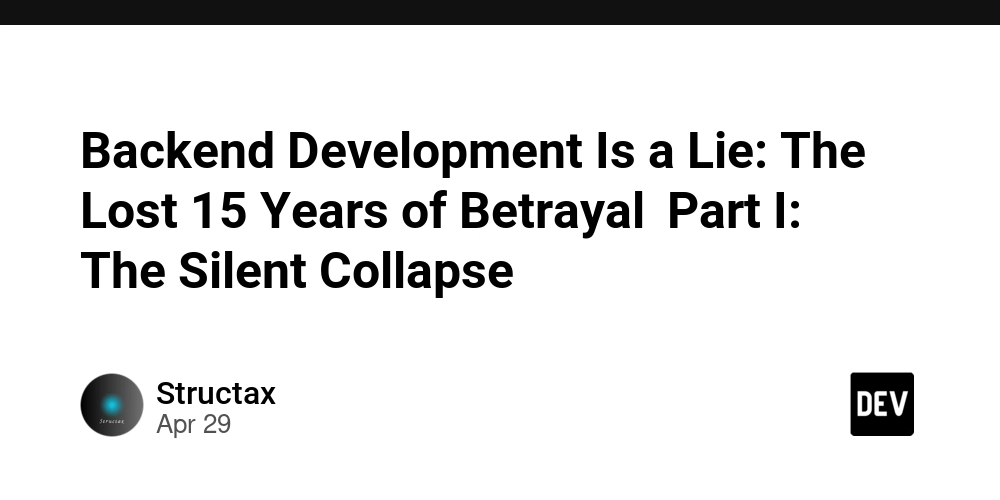How AI Video Generation is Changing Social Media
If you’re creating content for social media, you’ve probably noticed how quickly the landscape is changing. I’ve been in the digital marketing space for years, and nothing has transformed the way we work quite like AI video generation tools. Let’s dive into how these tools are reshaping content creation, why they matter for your social strategy, and how you can start using them to save time while creating better content. The Rise of AI in Video Content Creation Remember when creating a single social media video meant hiring a videographer, setting up equipment, multiple takes, and days of editing? Those days are quickly fading. AI video technology has advanced at breakneck speed over the past few years. The latest AI models—including diffusion models and large language models—can now generate high-quality video content from simple text prompts or images. This shift is happening at the perfect time. According to recent data, the AI video generator market is growing at over 22% annually and is expected to reach nearly $2 billion by 2029. Why such rapid growth? Because video has become the dominant format across all major social platforms. Why AI Video Matters for Social Media The stats tell the story: About 25% of marketers are already using AI tools to meet the growing demand for video content Traditional video production costs between $3,000-$5,000 per minute, while AI tools can reduce this by up to 90% Platforms like TikTok and Instagram continue to prioritize video content in their algorithms But perhaps most importantly, the quality gap between AI-generated and human-created videos is narrowing quickly. Today’s AI can produce content that looks professional, maintains consistent branding, and engages viewers effectively. Real-World Applications of AI Video Generation The applications of AI video technology extend far beyond basic content creation. Let’s look at how brands and creators are using these tools today. Personalized Marketing at Scale: One of the most powerful applications is the ability to create personalized content for different audiences without multiplying your workload. For example, Coca-Cola created a campaign with 32 different regional variants from a single base video. By using AI to adjust dialects, cultural references, and regional humour, they achieved over 12 million views and increased brand affinity by 25%. This level of personalization was previously impossible without massive production budgets. Now, small teams can create dozens of targeted variations in hours rather than weeks. Rapid Content Creation for Fast-Moving Platforms: Social media moves quickly. Trending topics emerge and fade within days or even hours. AI video tools allow creators to capitalize on these moments without sacrificing quality. Take the case of Dean Arnett from BBC News, who uses AI video tools to create 30 videos daily—saving 4-5 hours each day. This kind of productivity was unimaginable just a few years ago. Lowering the Barrier to Video Creation: Not everyone is comfortable on camera, and not every company can afford a dedicated video team. AI is changing this reality. Julia LeFevre, who works in demand generation at AWS, shared: “I was nervous about showing up on camera. AI video tools made it easy. Now using vidBoard, I post product videos every day—and sales have gone up 28%.” Key Technologies Behind AI Video Generation Understanding how these systems work helps us grasp their capabilities and limitations. Here are the main technologies driving this revolution: Diffusion Models Diffusion models like Google’s Veo 2 work by gradually removing noise from random data until a clear image or video emerges. These models can generate remarkably realistic footage with precise control over elements like camera angles and lighting. Large Language Models (LLMs) LLMs like those powering OpenAI’s Sora help interpret text prompts contextually. They analyse semantic relationships between words and visual elements, enabling more coherent transitions and consistency in characters and scenes. *Voice Synthesis and Lip-Sync Technology * Advanced AI systems can now generate realistic voices in multiple languages and precisely match lip movements to spoken words—creating the illusion that AI avatars are actually speaking the script. Introducing vidBoard: AI Video Creation Made Simple With so many AI video tools emerging, finding one that balances quality, ease of use, and cost can be challenging. That’s where vidBoard comes in—a complete AI video creation suite designed for content creators and marketers. What Makes vidBoard Different? vidBoard stands out by offering a comprehensive solution that handles every aspect of video creation: Over 100 realistic stock AI avatars with 99.5% lip-sync accuracy Custom AI avatar creation from your own images Option for faceless videos when you prefer not to use avatars AI script generation to help with c
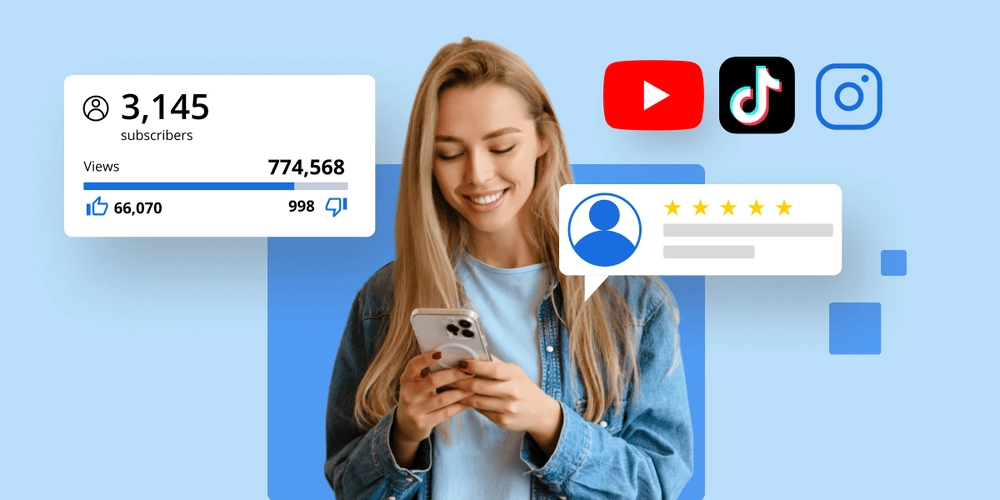
If you’re creating content for social media, you’ve probably noticed how quickly the landscape is changing. I’ve been in the digital marketing space for years, and nothing has transformed the way we work quite like AI video generation tools.
Let’s dive into how these tools are reshaping content creation, why they matter for your social strategy, and how you can start using them to save time while creating better content.
The Rise of AI in Video Content Creation
Remember when creating a single social media video meant hiring a videographer, setting up equipment, multiple takes, and days of editing? Those days are quickly fading.
AI video technology has advanced at breakneck speed over the past few years. The latest AI models—including diffusion models and large language models—can now generate high-quality video content from simple text prompts or images.
This shift is happening at the perfect time. According to recent data, the AI video generator market is growing at over 22% annually and is expected to reach nearly $2 billion by 2029. Why such rapid growth? Because video has become the dominant format across all major social platforms.
Why AI Video Matters for Social Media
The stats tell the story:
- About 25% of marketers are already using AI tools to meet the growing demand for video content
- Traditional video production costs between $3,000-$5,000 per minute, while AI tools can reduce this by up to 90%
- Platforms like TikTok and Instagram continue to prioritize video content in their algorithms
But perhaps most importantly, the quality gap between AI-generated and human-created videos is narrowing quickly. Today’s AI can produce content that looks professional, maintains consistent branding, and engages viewers effectively.
Real-World Applications of AI Video Generation
The applications of AI video technology extend far beyond basic content creation. Let’s look at how brands and creators are using these tools today.
Personalized Marketing at Scale:
One of the most powerful applications is the ability to create personalized content for different audiences without multiplying your workload.
For example, Coca-Cola created a campaign with 32 different regional variants from a single base video. By using AI to adjust dialects, cultural references, and regional humour, they achieved over 12 million views and increased brand affinity by 25%.
This level of personalization was previously impossible without massive production budgets. Now, small teams can create dozens of targeted variations in hours rather than weeks.
Rapid Content Creation for Fast-Moving Platforms:
Social media moves quickly. Trending topics emerge and fade within days or even hours. AI video tools allow creators to capitalize on these moments without sacrificing quality.
Take the case of Dean Arnett from BBC News, who uses AI video tools to create 30 videos daily—saving 4-5 hours each day. This kind of productivity was unimaginable just a few years ago.
Lowering the Barrier to Video Creation:
Not everyone is comfortable on camera, and not every company can afford a dedicated video team. AI is changing this reality.
Julia LeFevre, who works in demand generation at AWS, shared: “I was nervous about showing up on camera. AI video tools made it easy. Now using vidBoard, I post product videos every day—and sales have gone up 28%.”
Key Technologies Behind AI Video Generation
Understanding how these systems work helps us grasp their capabilities and limitations. Here are the main technologies driving this revolution:
Diffusion Models
Diffusion models like Google’s Veo 2 work by gradually removing noise from random data until a clear image or video emerges. These models can generate remarkably realistic footage with precise control over elements like camera angles and lighting.
Large Language Models (LLMs)
LLMs like those powering OpenAI’s Sora help interpret text prompts contextually. They analyse semantic relationships between words and visual elements, enabling more coherent transitions and consistency in characters and scenes.
*Voice Synthesis and Lip-Sync Technology *
Advanced AI systems can now generate realistic voices in multiple languages and precisely match lip movements to spoken words—creating the illusion that AI avatars are actually speaking the script.
Introducing vidBoard: AI Video Creation Made Simple
With so many AI video tools emerging, finding one that balances quality, ease of use, and cost can be challenging. That’s where vidBoard comes in—a complete AI video creation suite designed for content creators and marketers.
What Makes vidBoard Different?
vidBoard stands out by offering a comprehensive solution that handles every aspect of video creation:
- Over 100 realistic stock AI avatars with 99.5% lip-sync accuracy
- Custom AI avatar creation from your own images
- Option for faceless videos when you prefer not to use avatars
- AI script generation to help with content ideation
- Multi-format input options: text, URLs, or documents (Word/PDF)
What’s particularly valuable is the flexibility to create videos from various starting points. Have a blog post? Turn it into a video. Found an interesting article? Transform it into engaging content for your audience.
Language and Voice Options
One of vidBoard’s standout features is its language support. With over 125 languages for captions and ultra-realistic voices from Eleven Labs and Azure AI, you can create content for global audiences without hiring translators or voice actors.
The AI voice cloning feature is especially useful for maintaining brand consistency—allowing you to replicate your own voice for use across multiple videos.
Real Results From vidBoard Users
The true test of any tool is how it performs in real-world scenarios. vidBoard users have reported significant improvements in their content creation process.
John Pastor, a Marketing Specialist, explains: “Creating 15 personalized video pitches a day used to be impossible. Now I do it in under 30 minutes with vidBoard.”
Similarly, Prielle Tilwe, a UX Designer at Capgemini, notes that their “ad creatives used to take 3-4 days. With vidBoard, we produce 15+ versions in under 2 hours.”
These time savings translate directly to increased output and better ROI on content marketing efforts.
You can check out vidBoard here: https://www.vidboard.ai/



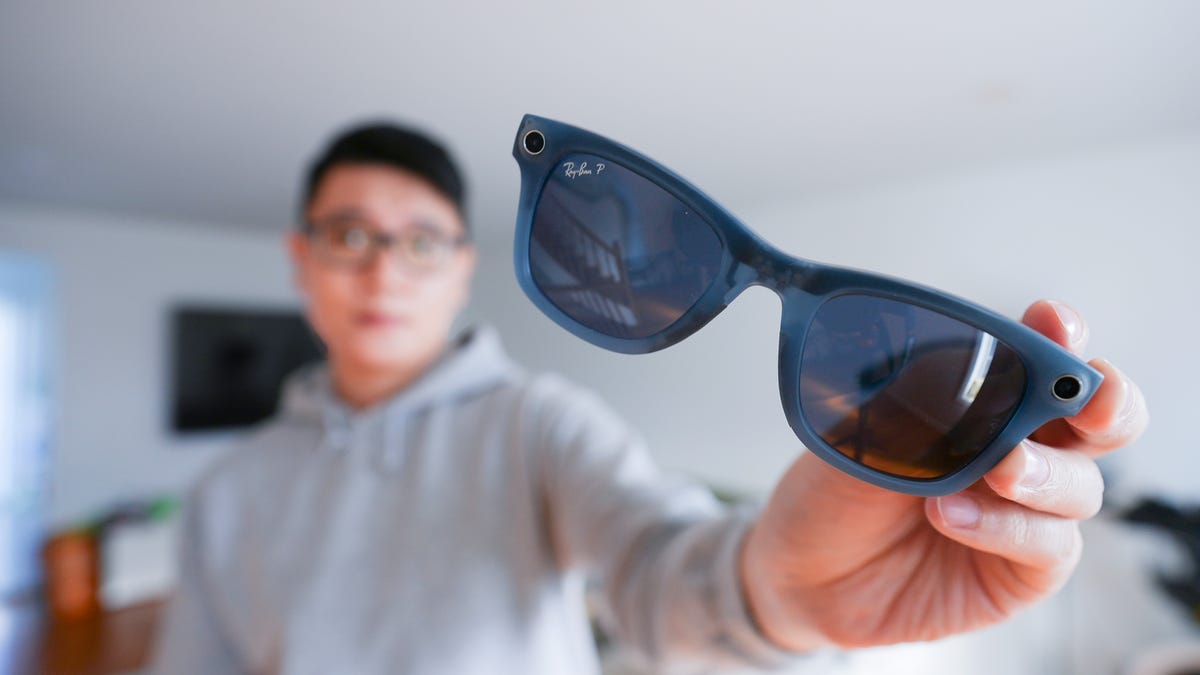


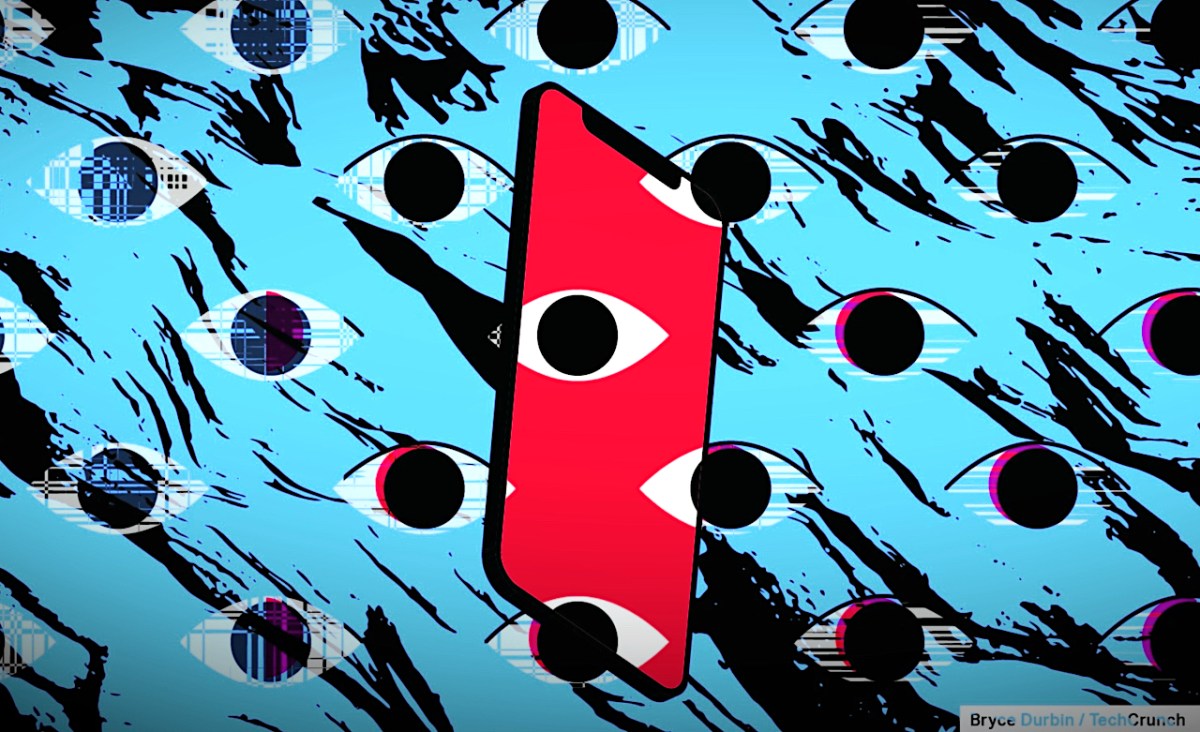






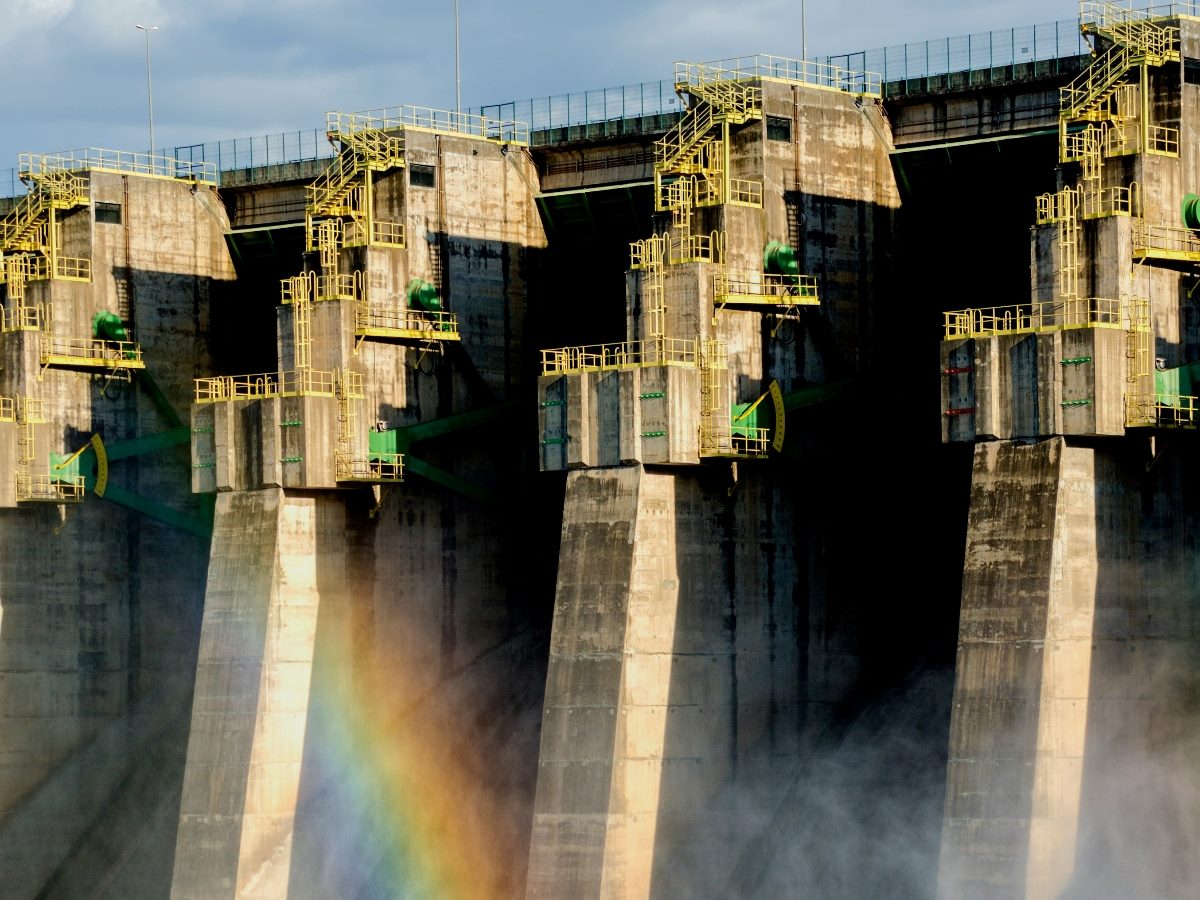
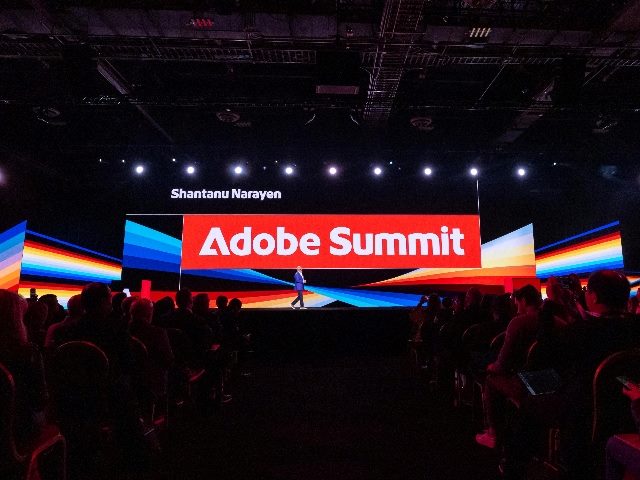





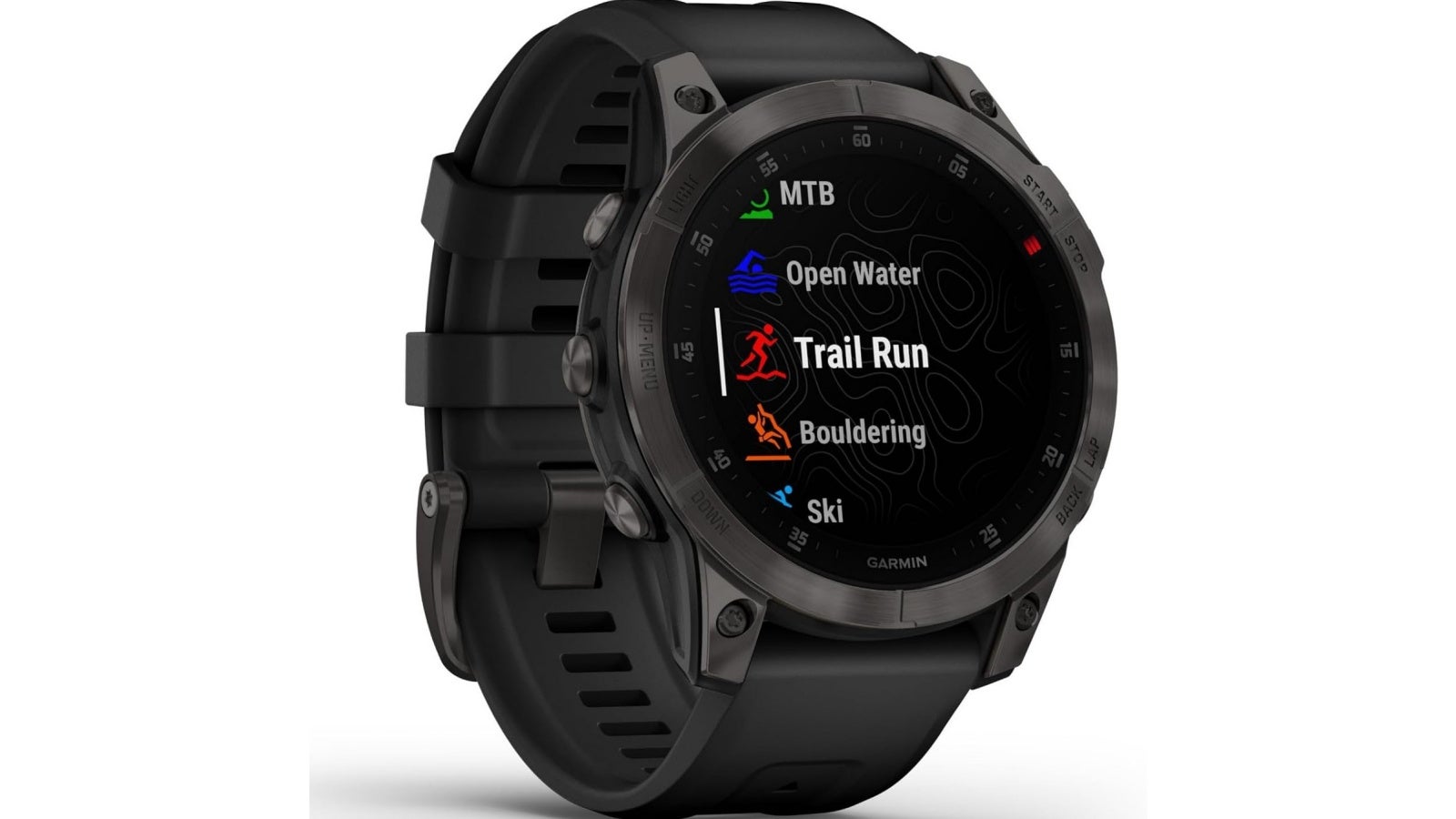

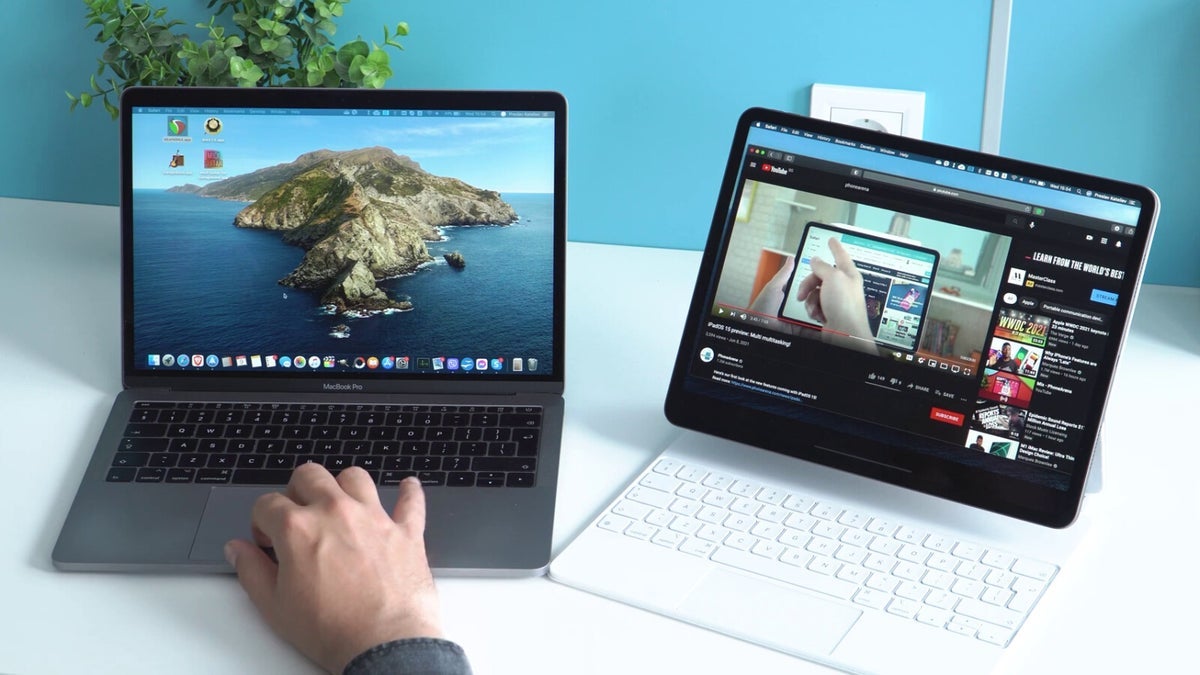
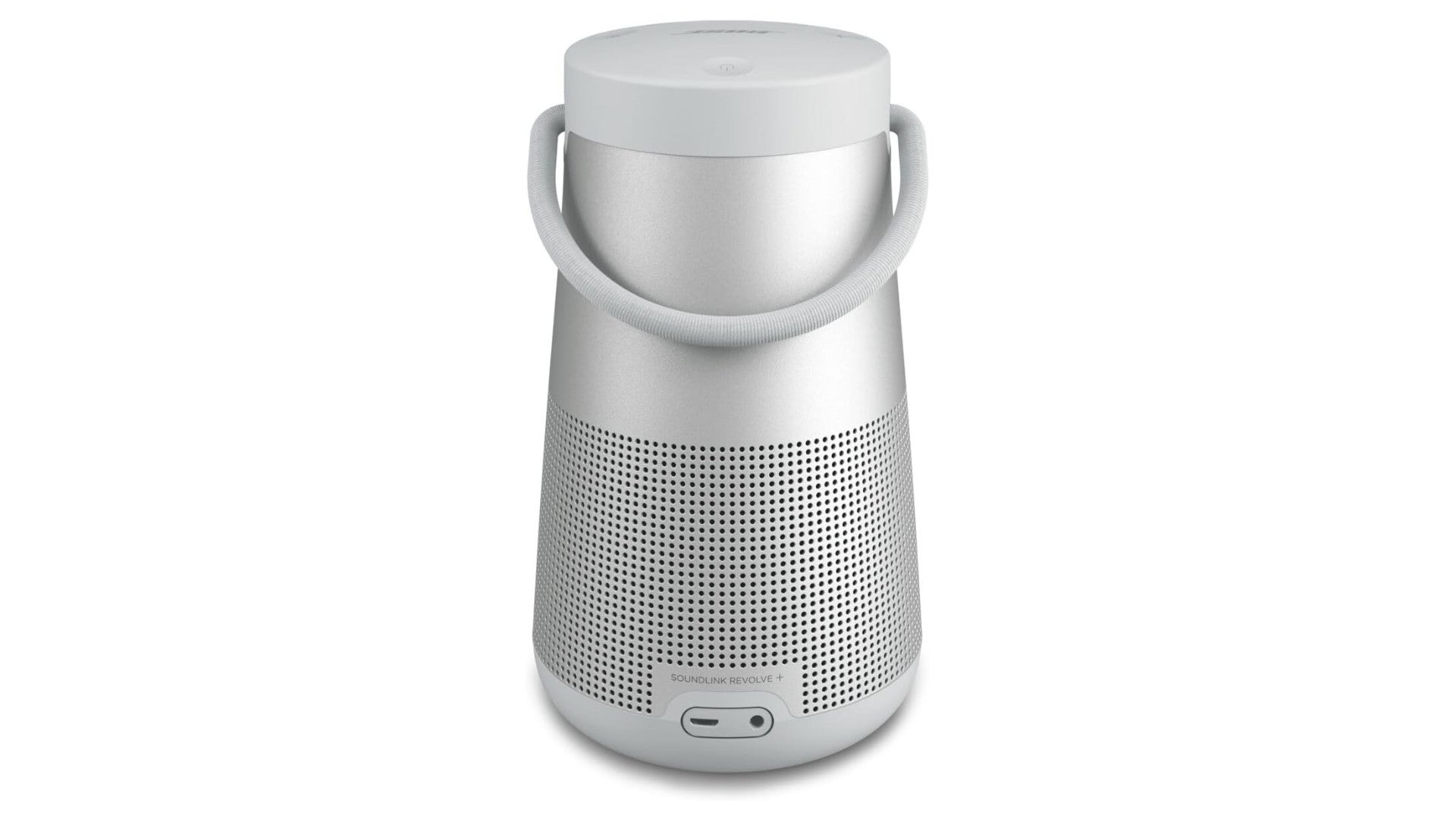



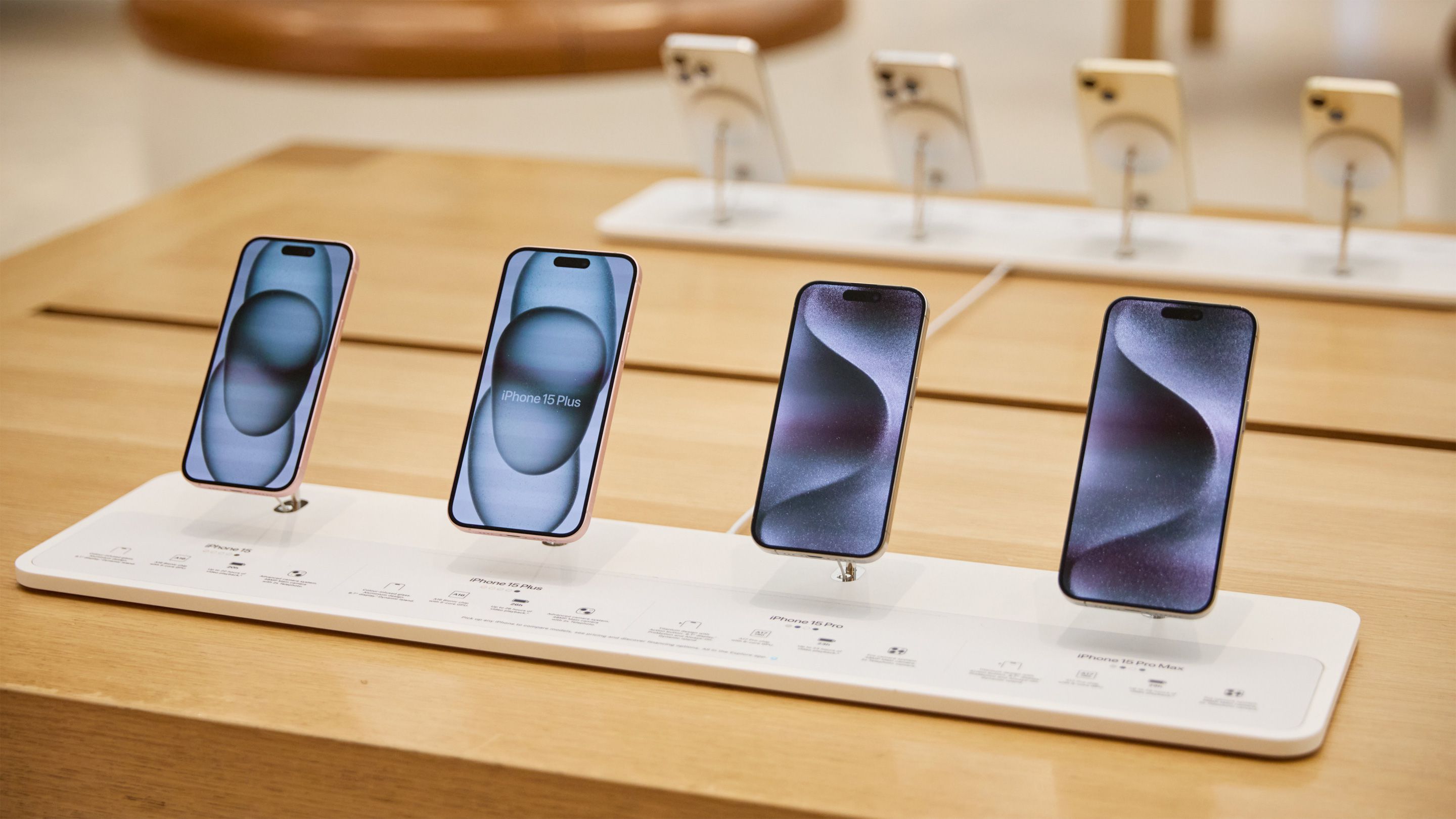

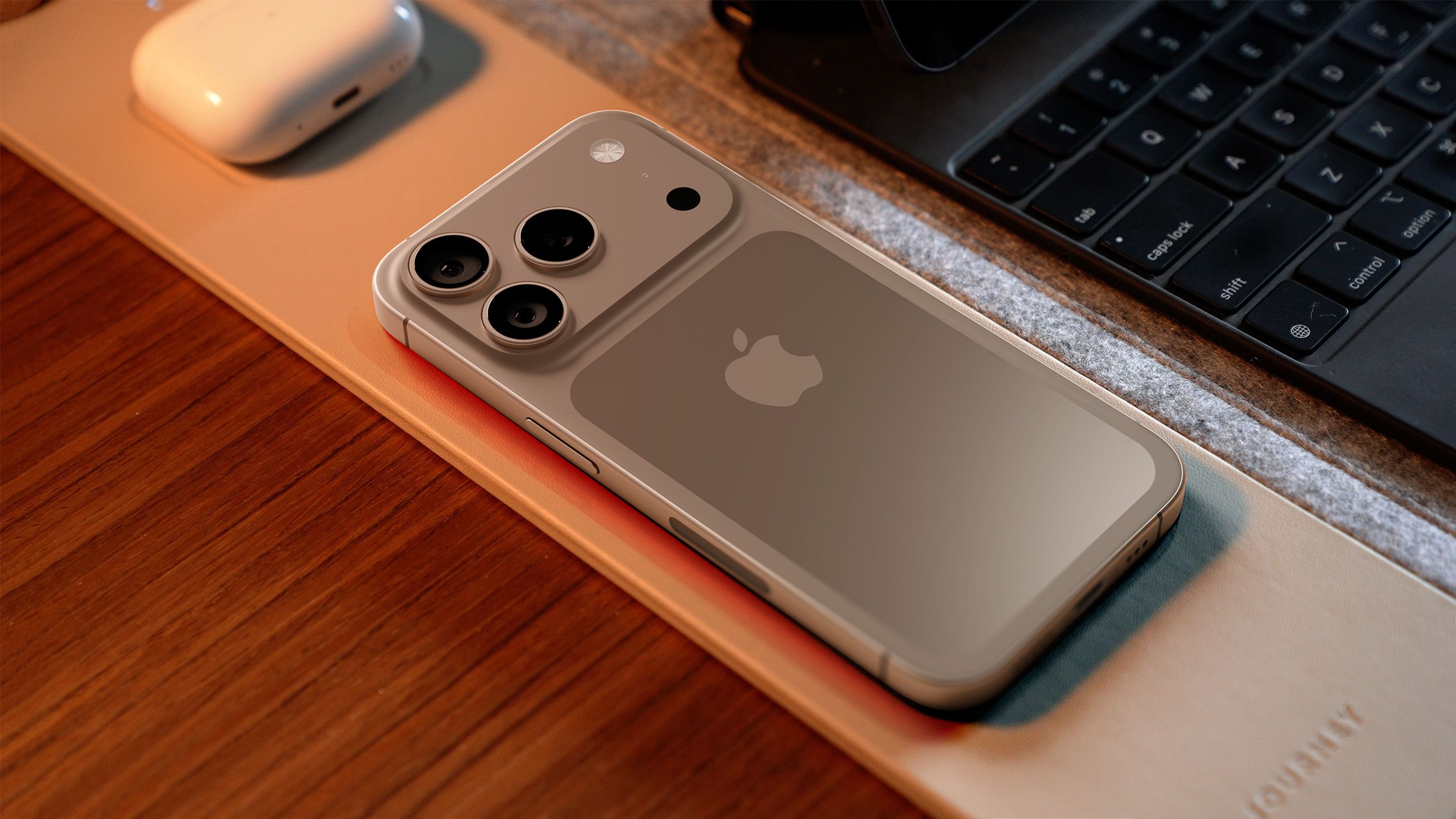
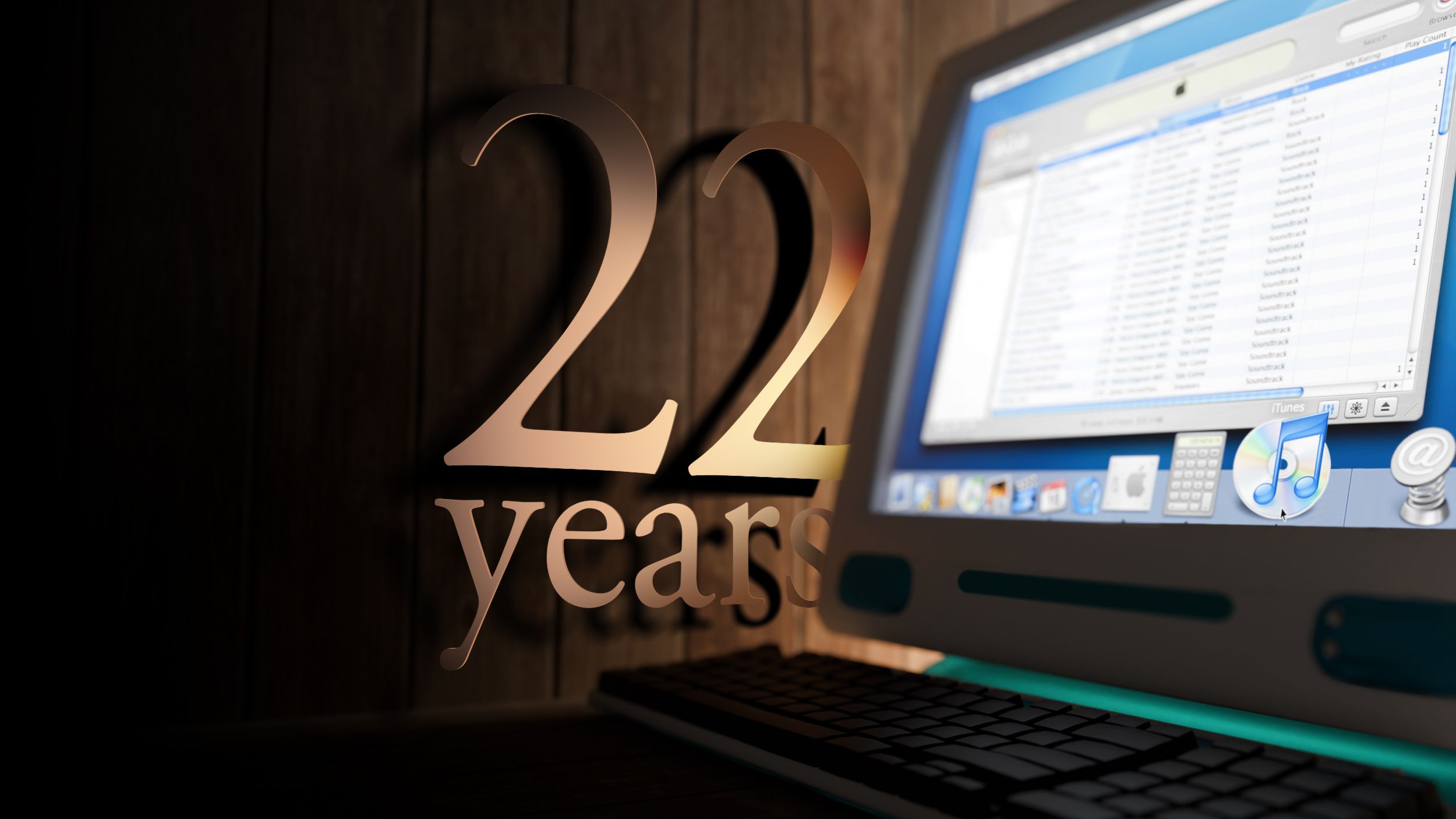















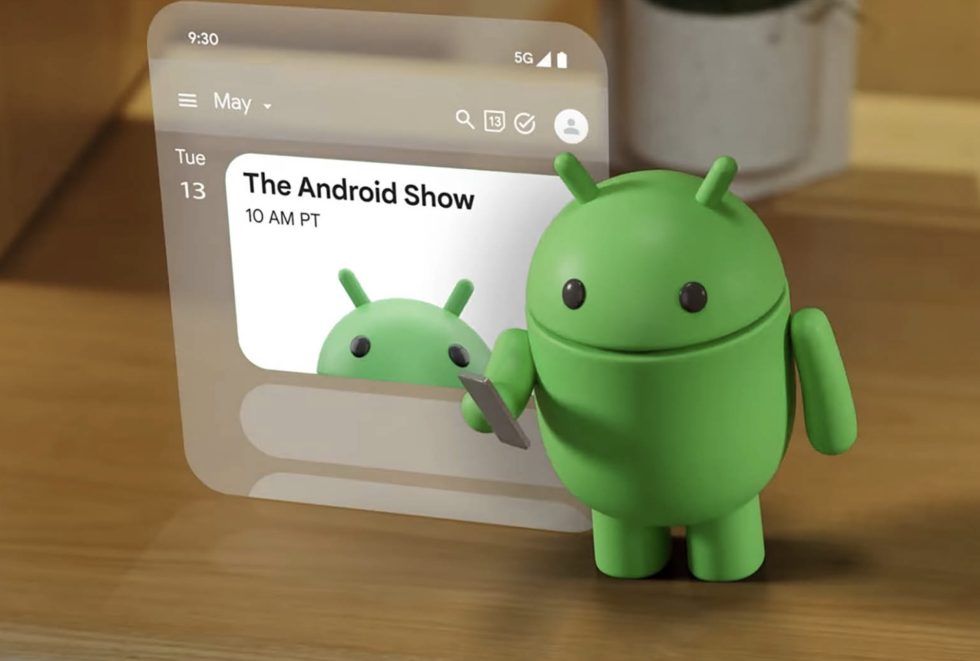





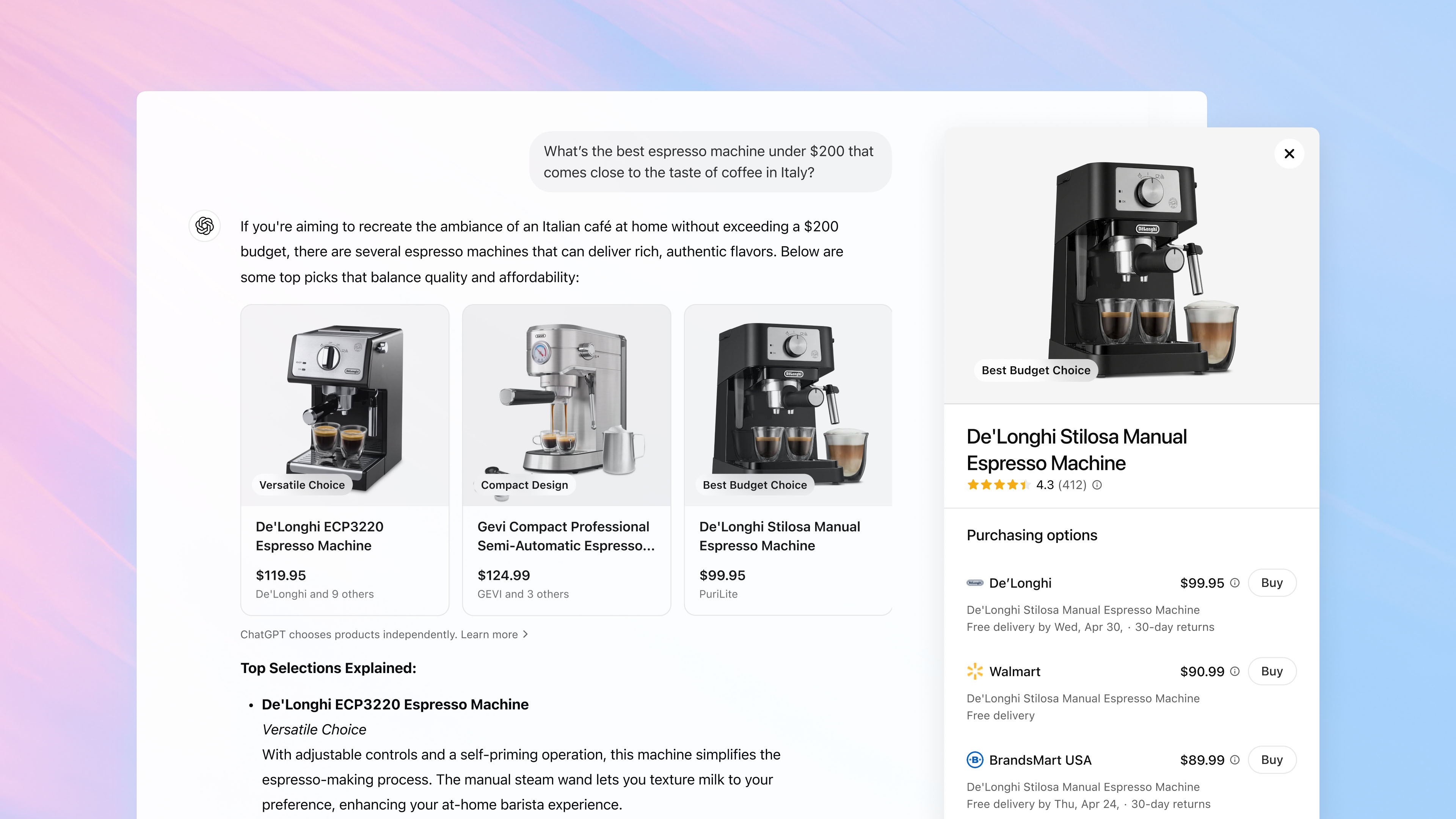
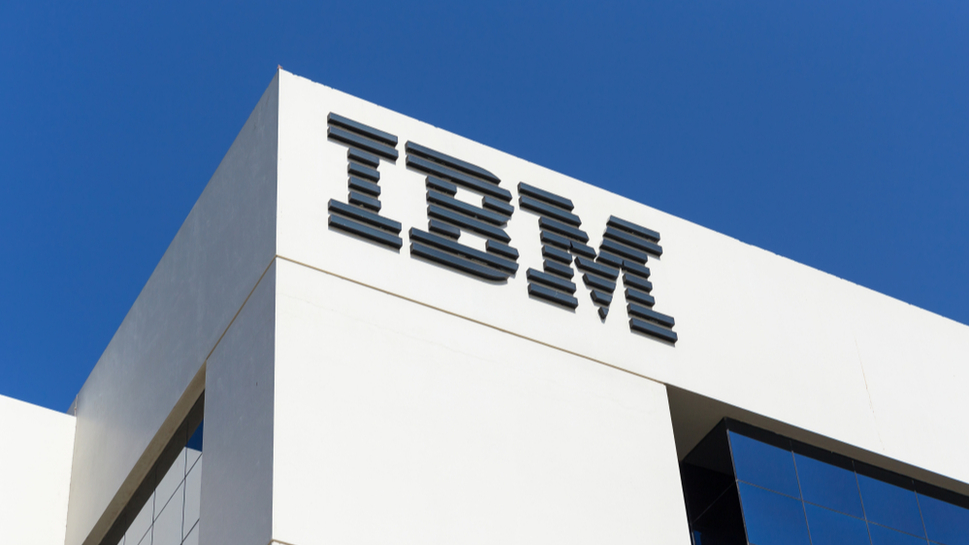

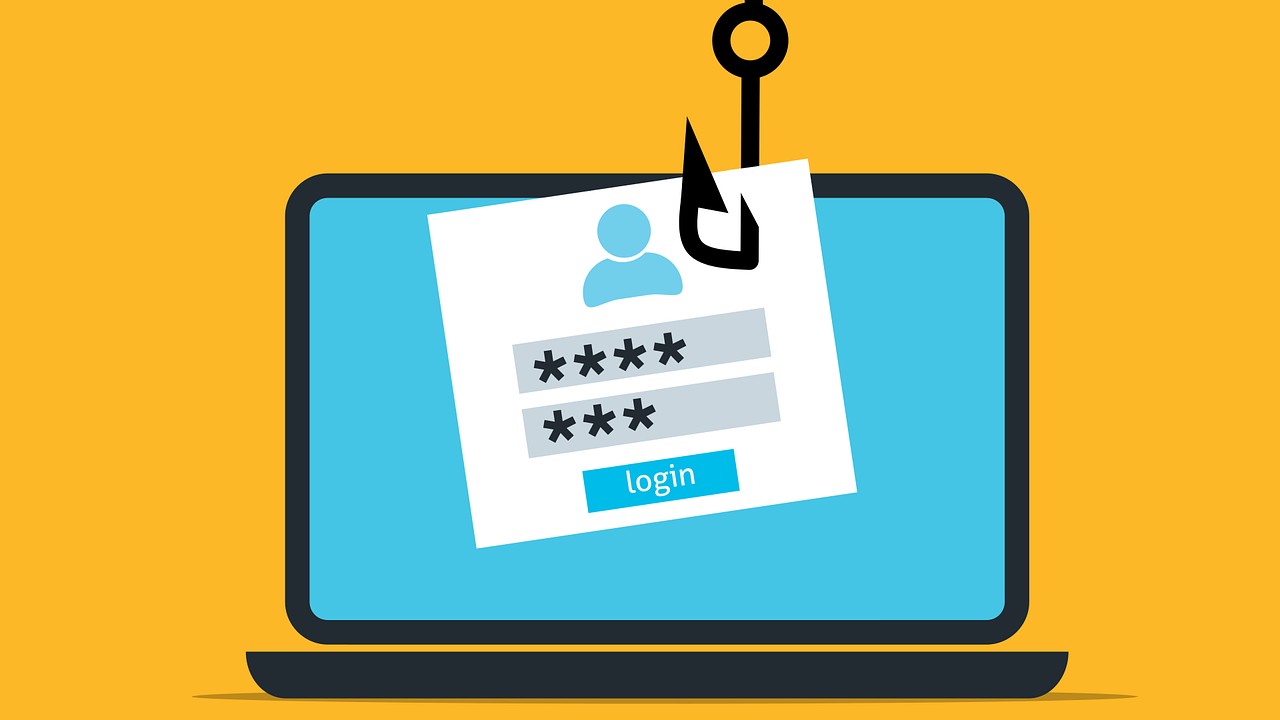

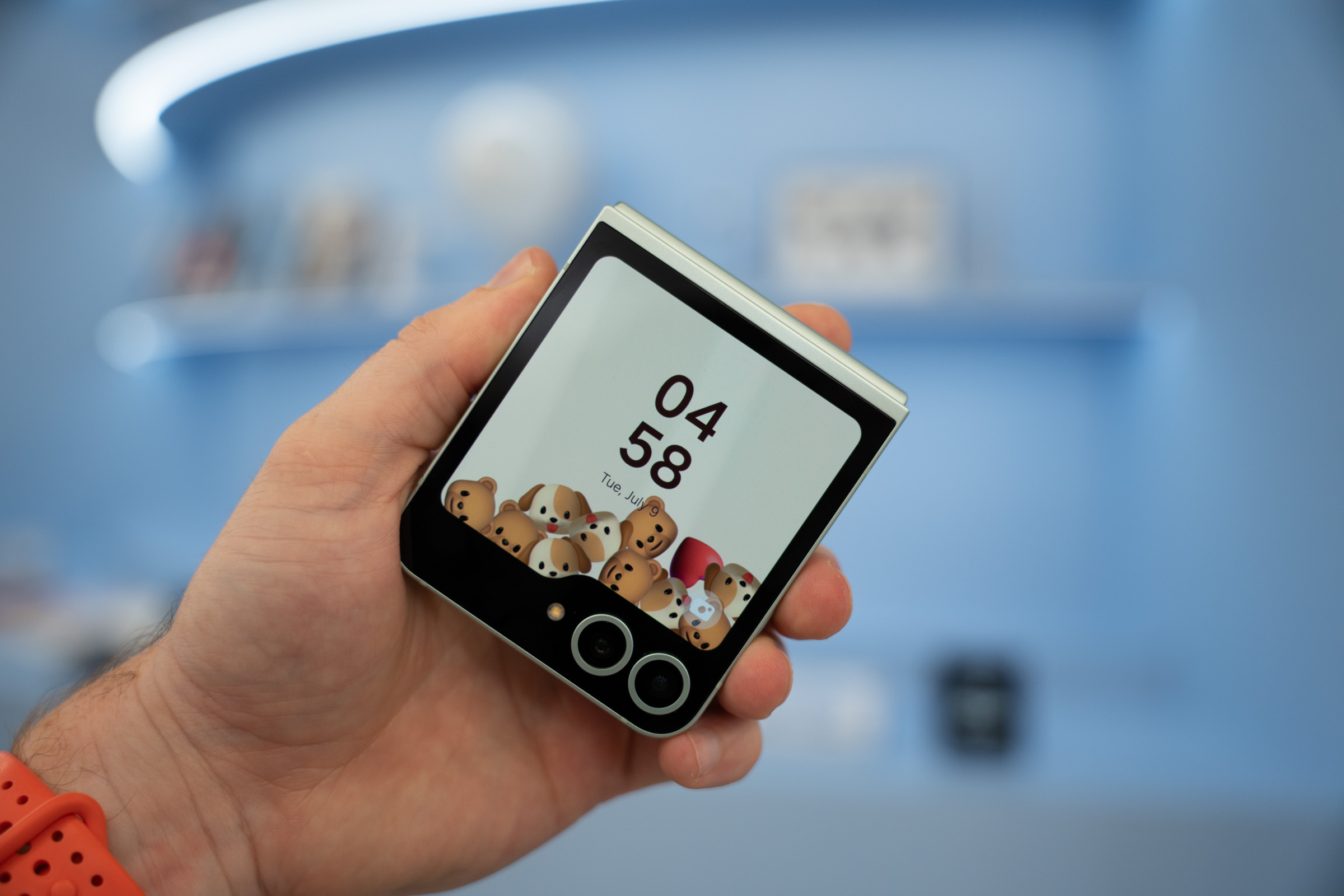














![Apple Seeds watchOS 11.5 Beta 4 to Developers [Download]](https://www.iclarified.com/images/news/97147/97147/97147-640.jpg)
![Apple Seeds visionOS 2.5 Beta 4 to Developers [Download]](https://www.iclarified.com/images/news/97150/97150/97150-640.jpg)
![Apple Seeds tvOS 18.5 Beta 4 to Developers [Download]](https://www.iclarified.com/images/news/97153/97153/97153-640.jpg)
![Apple Releases macOS Sequoia 15.5 Beta 4 to Developers [Download]](https://www.iclarified.com/images/news/97155/97155/97155-640.jpg)

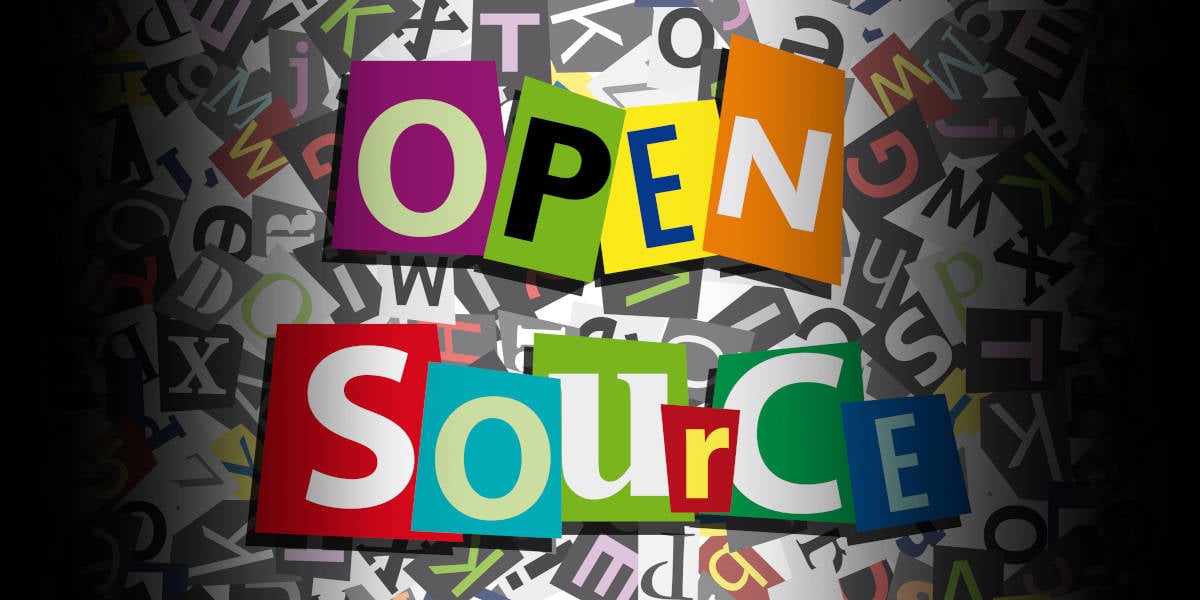
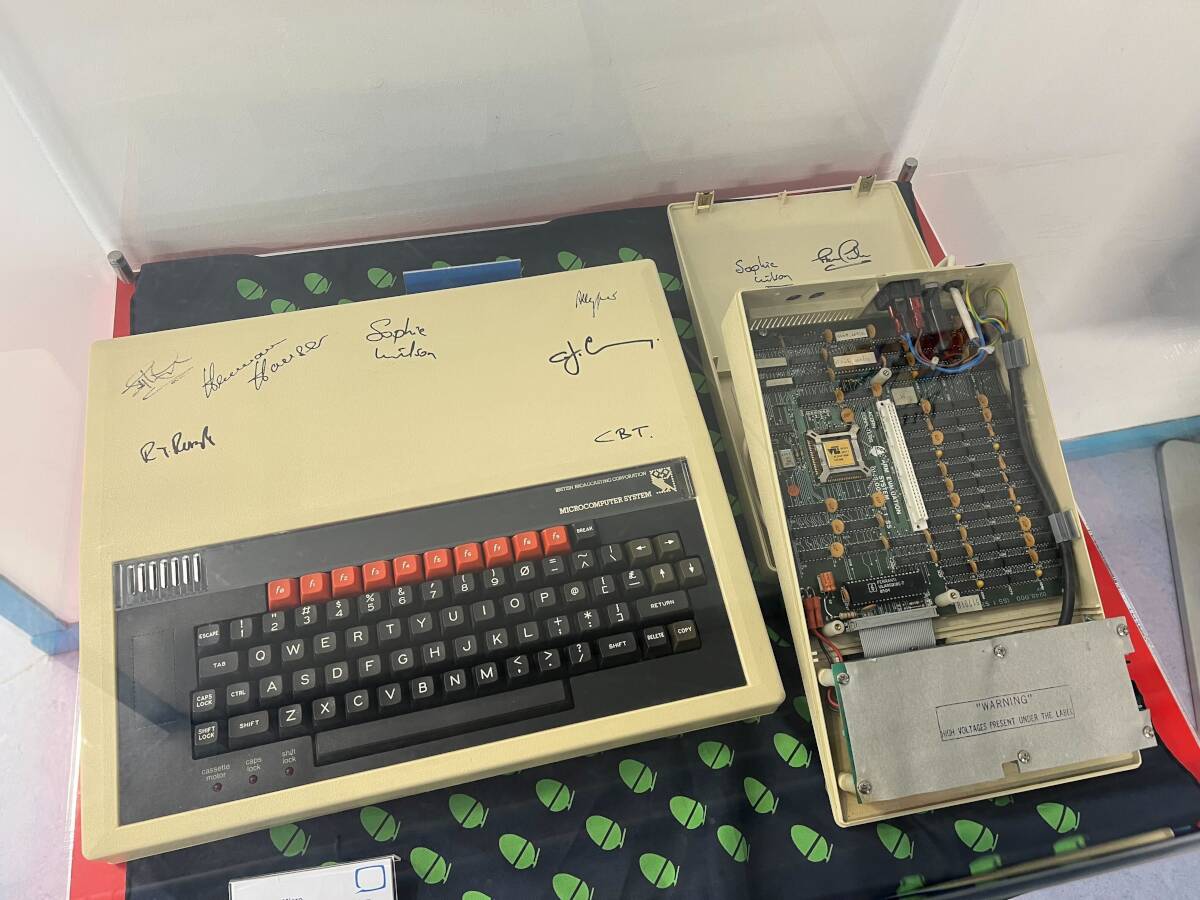
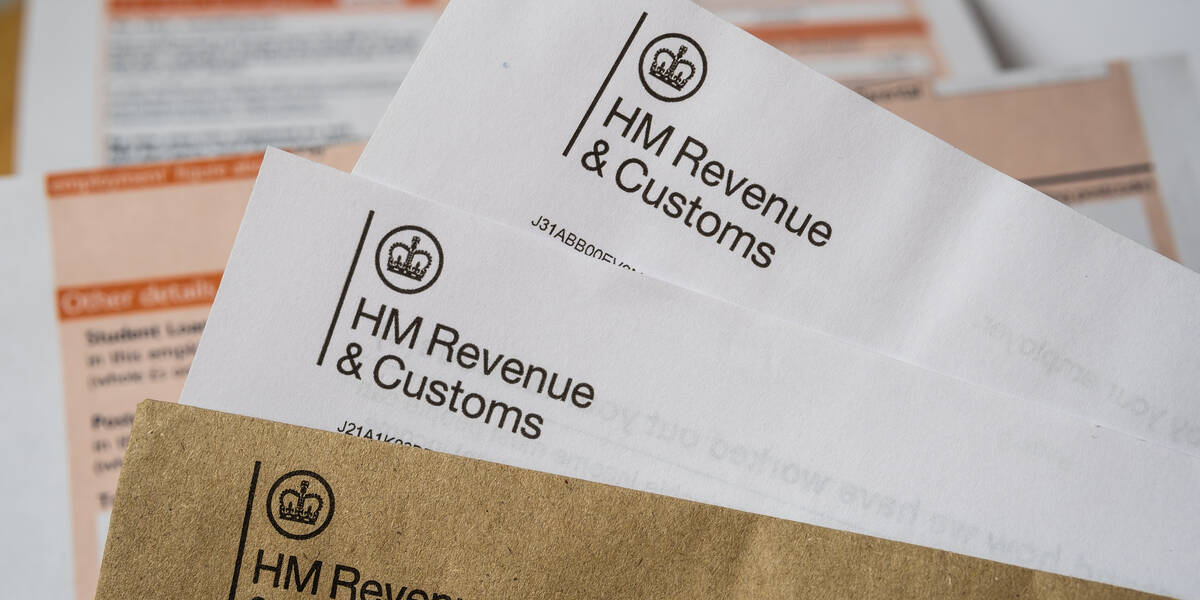
















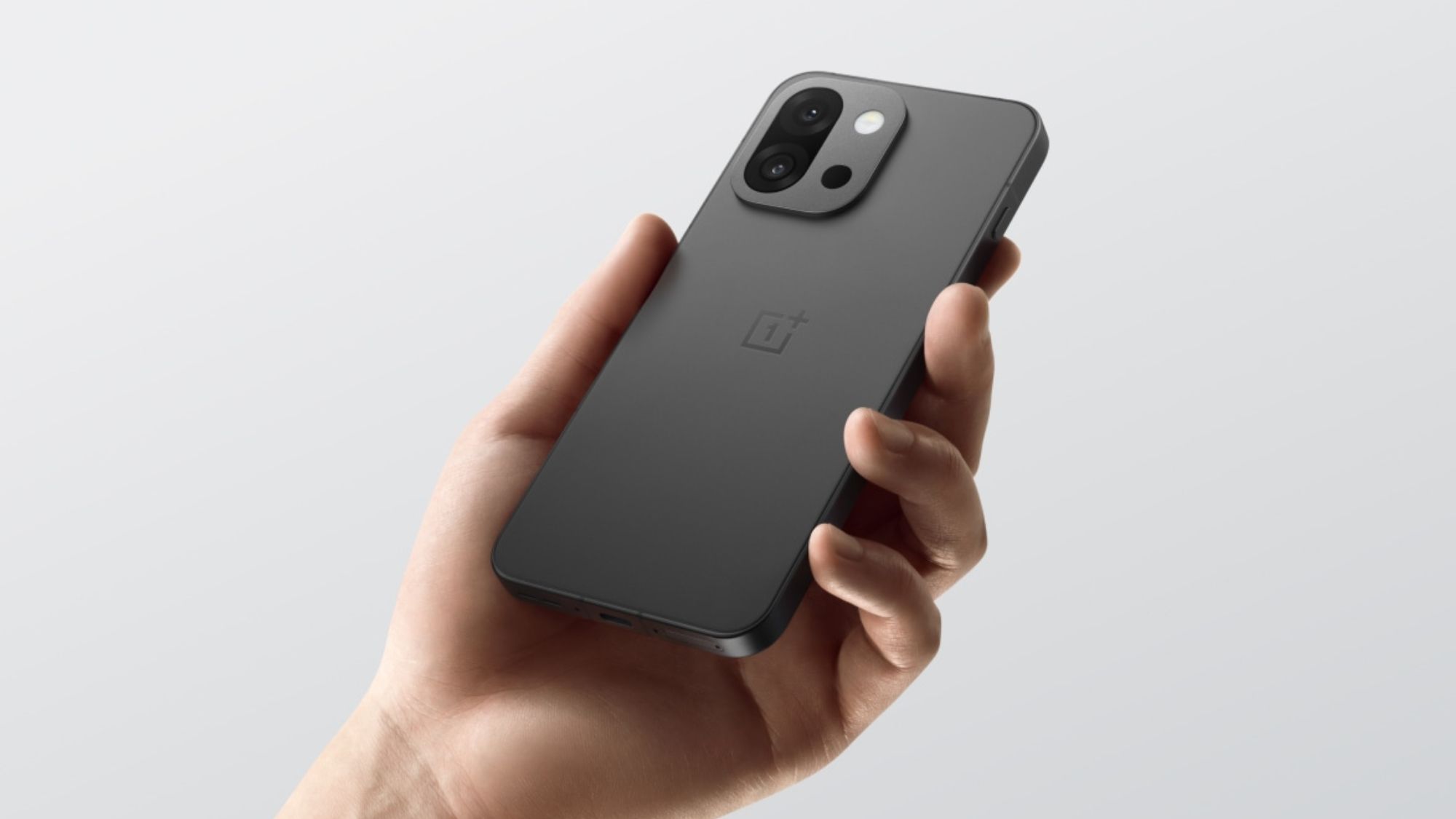

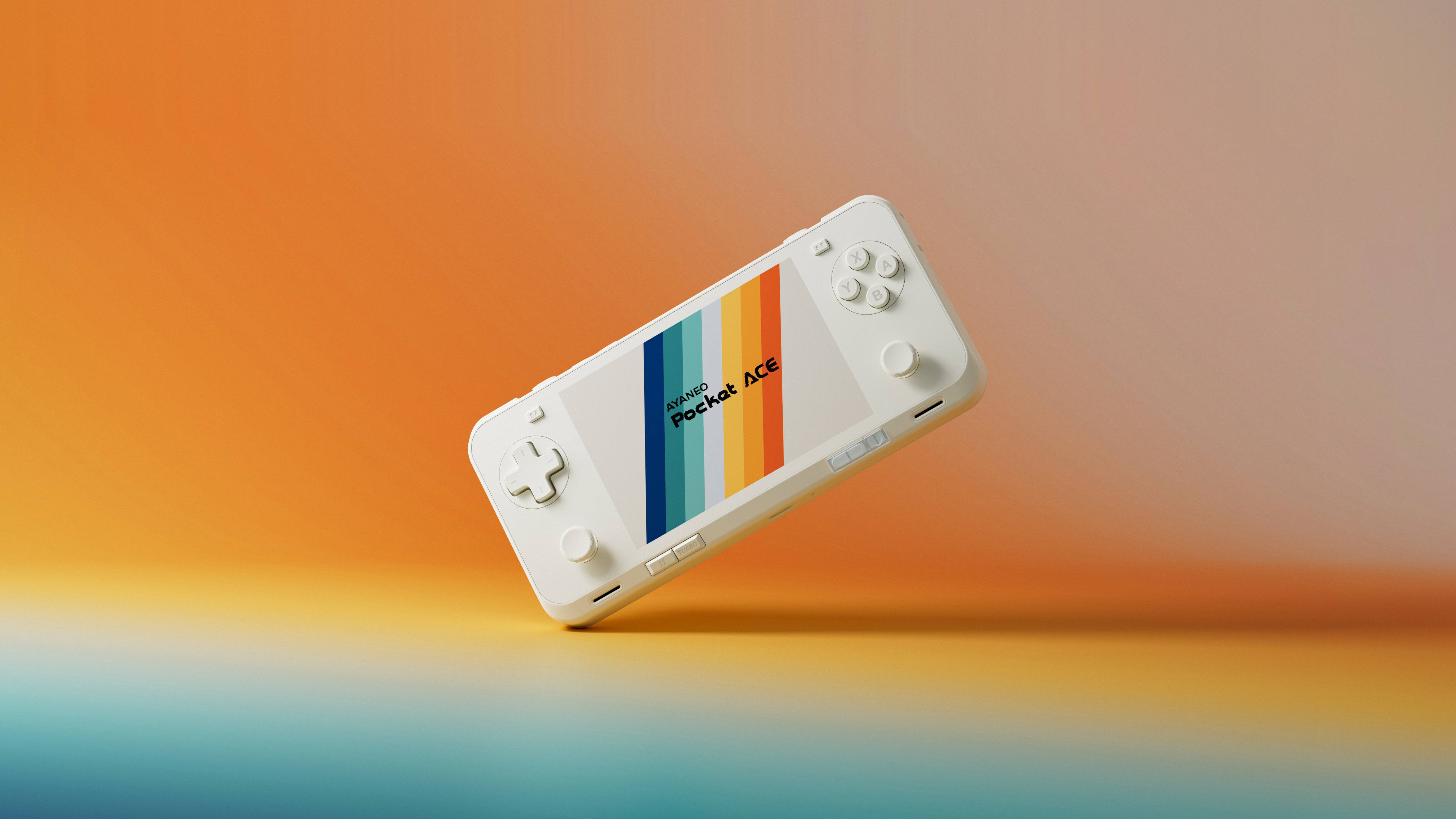

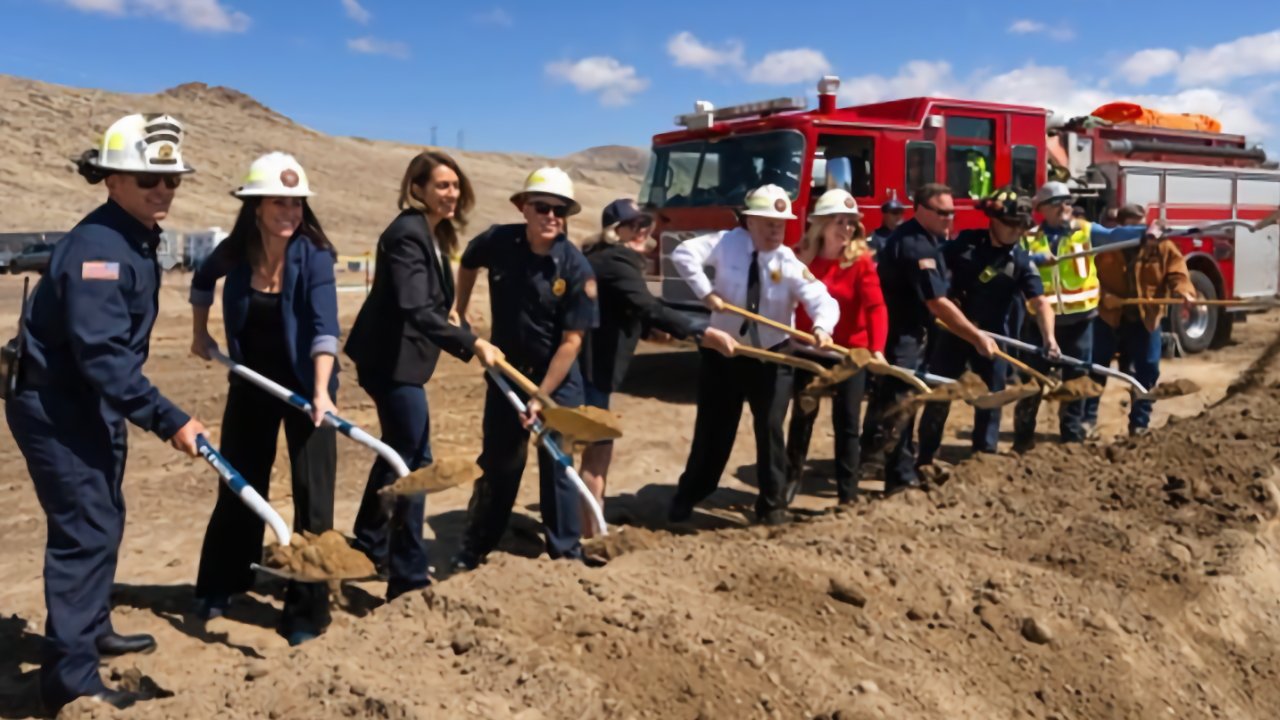
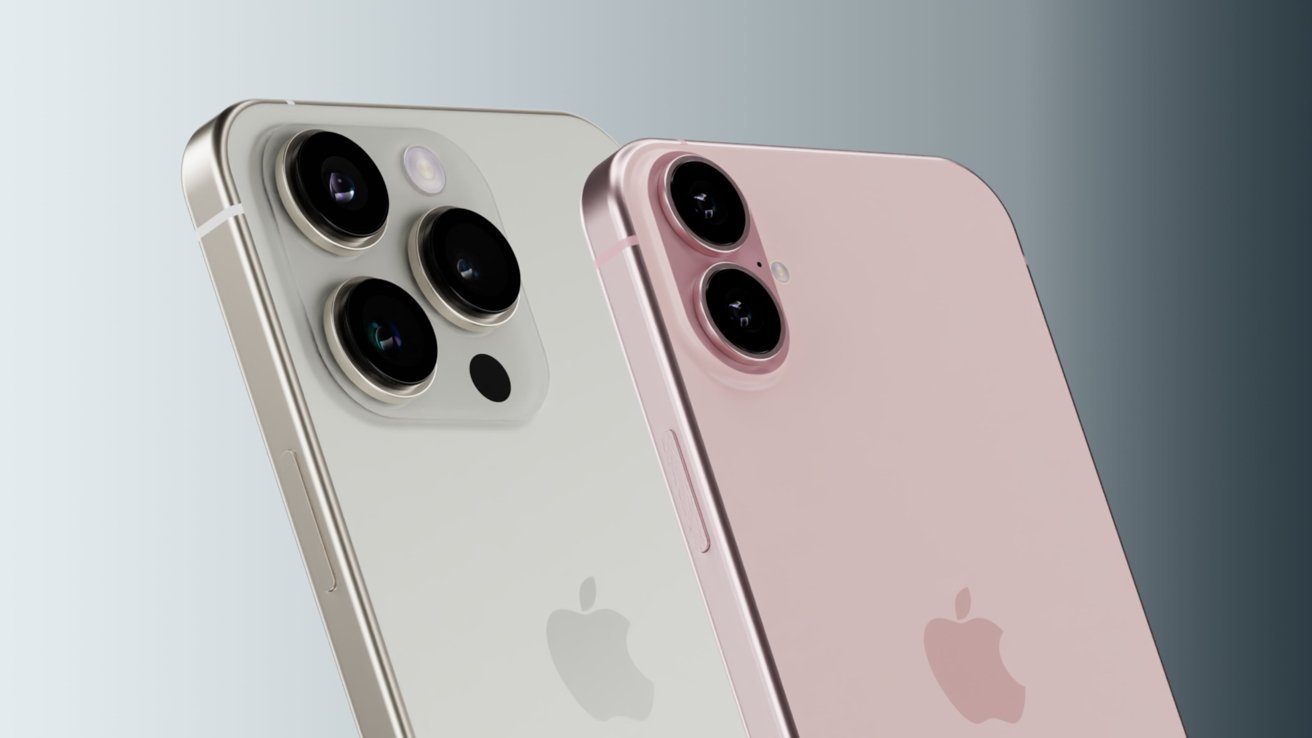

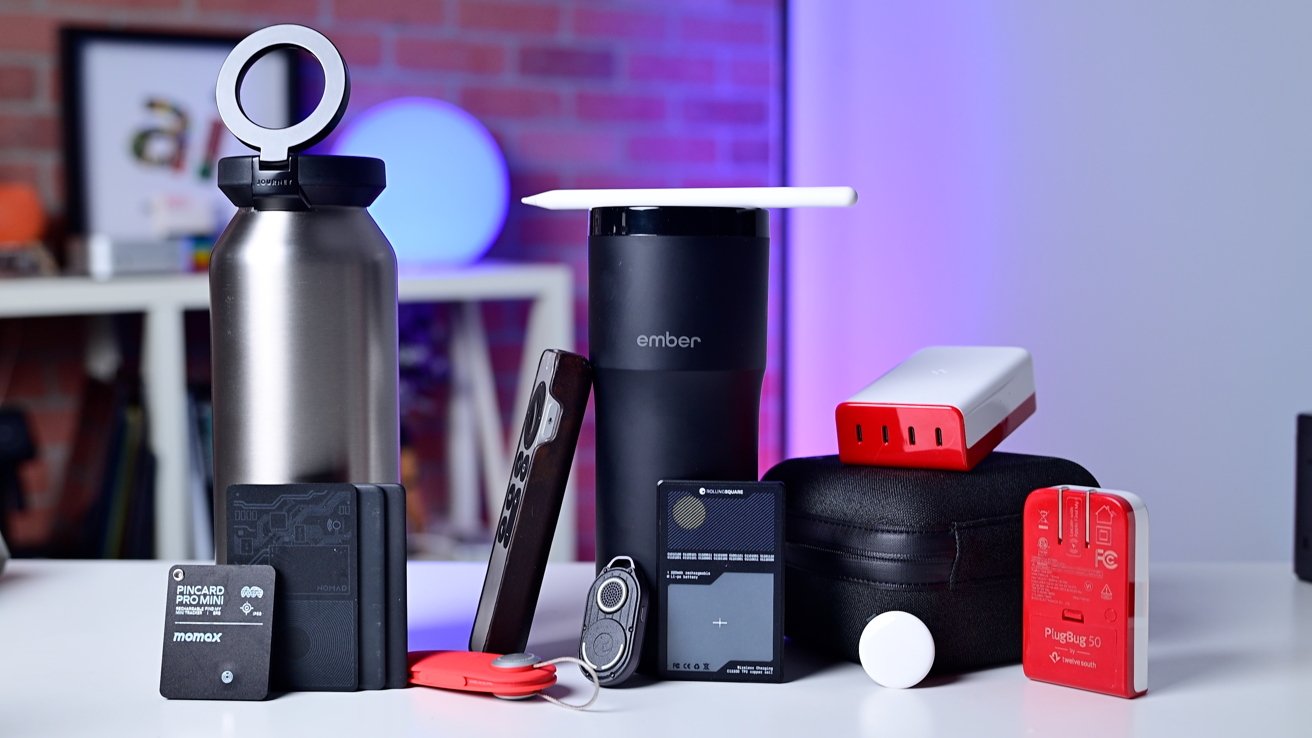
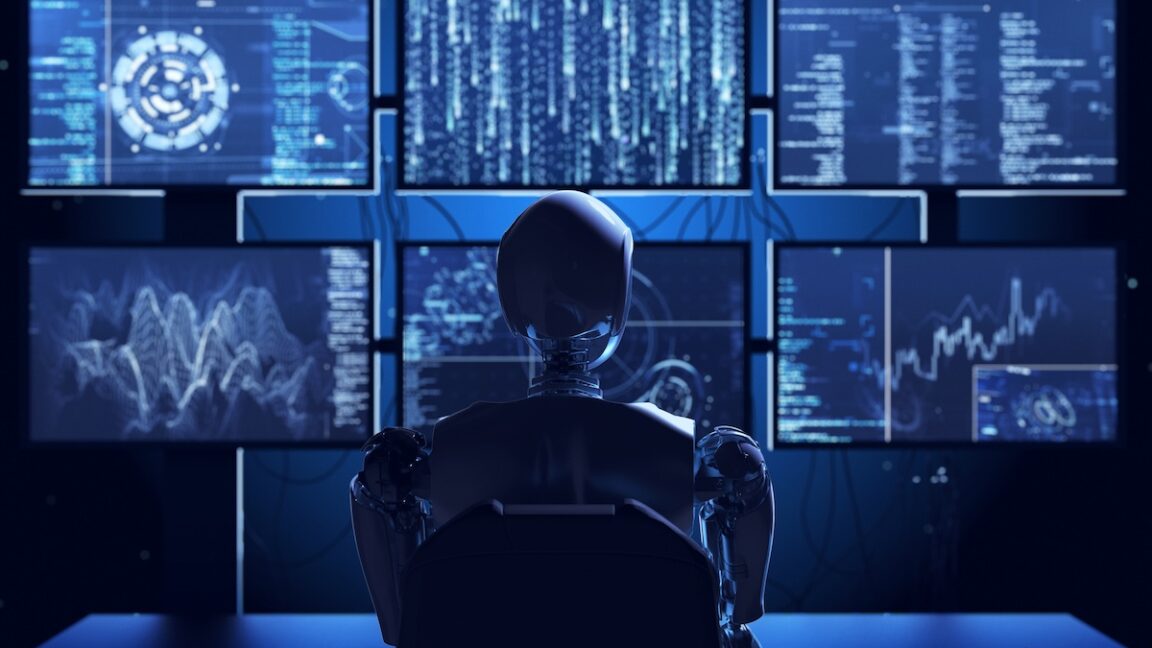
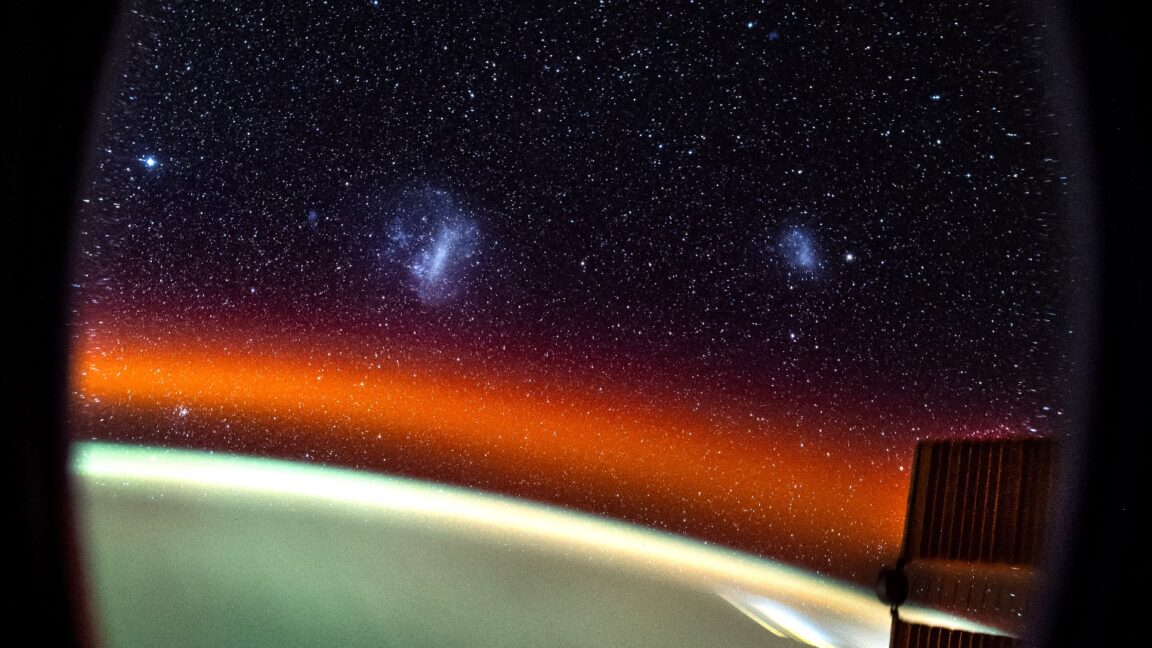
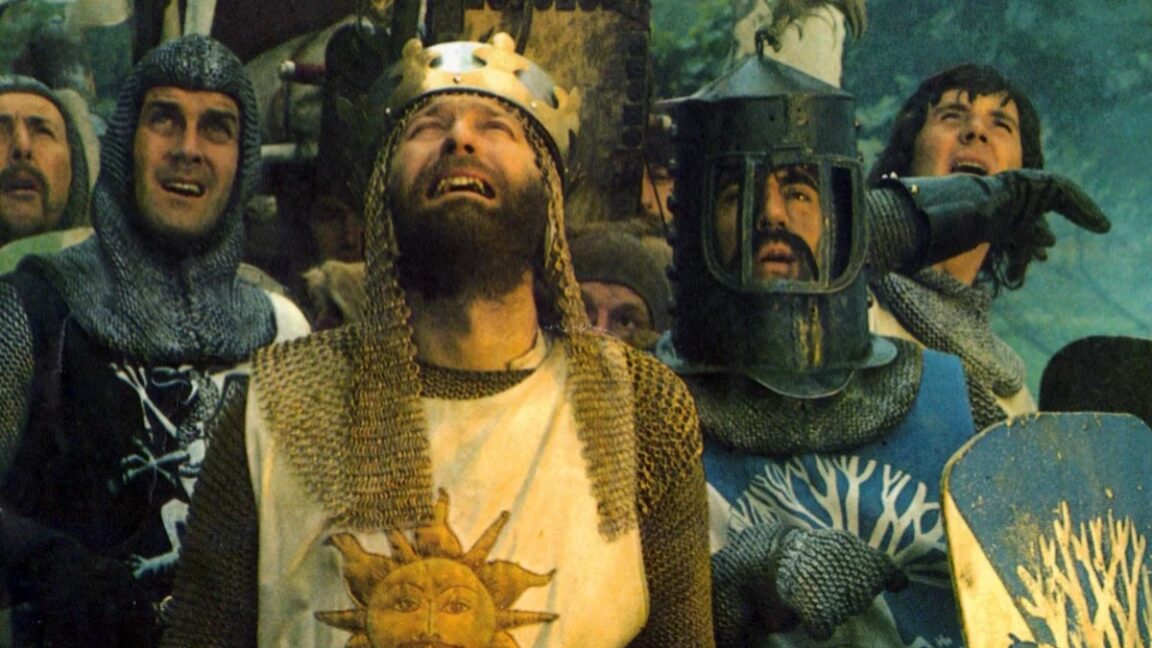




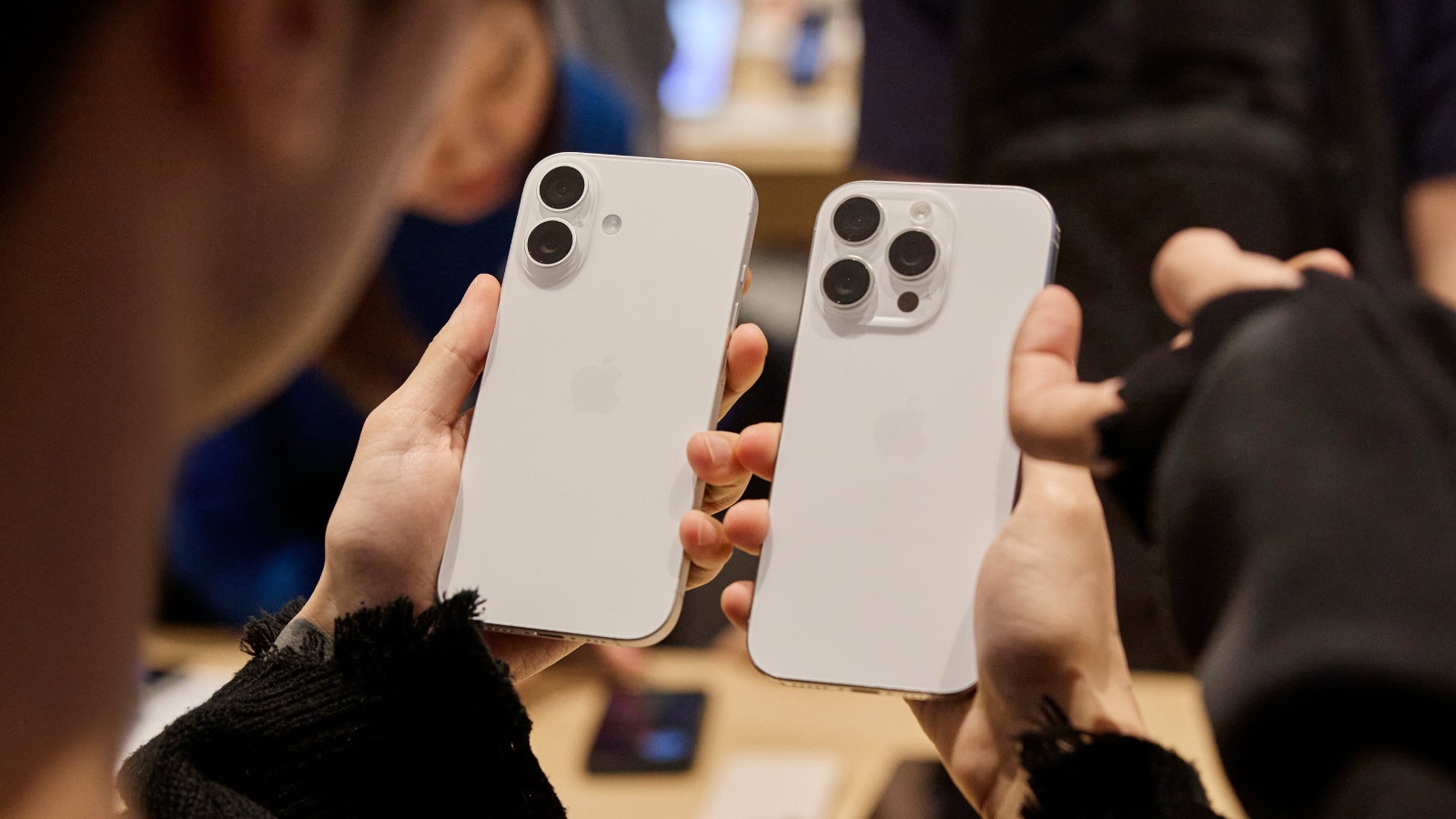
































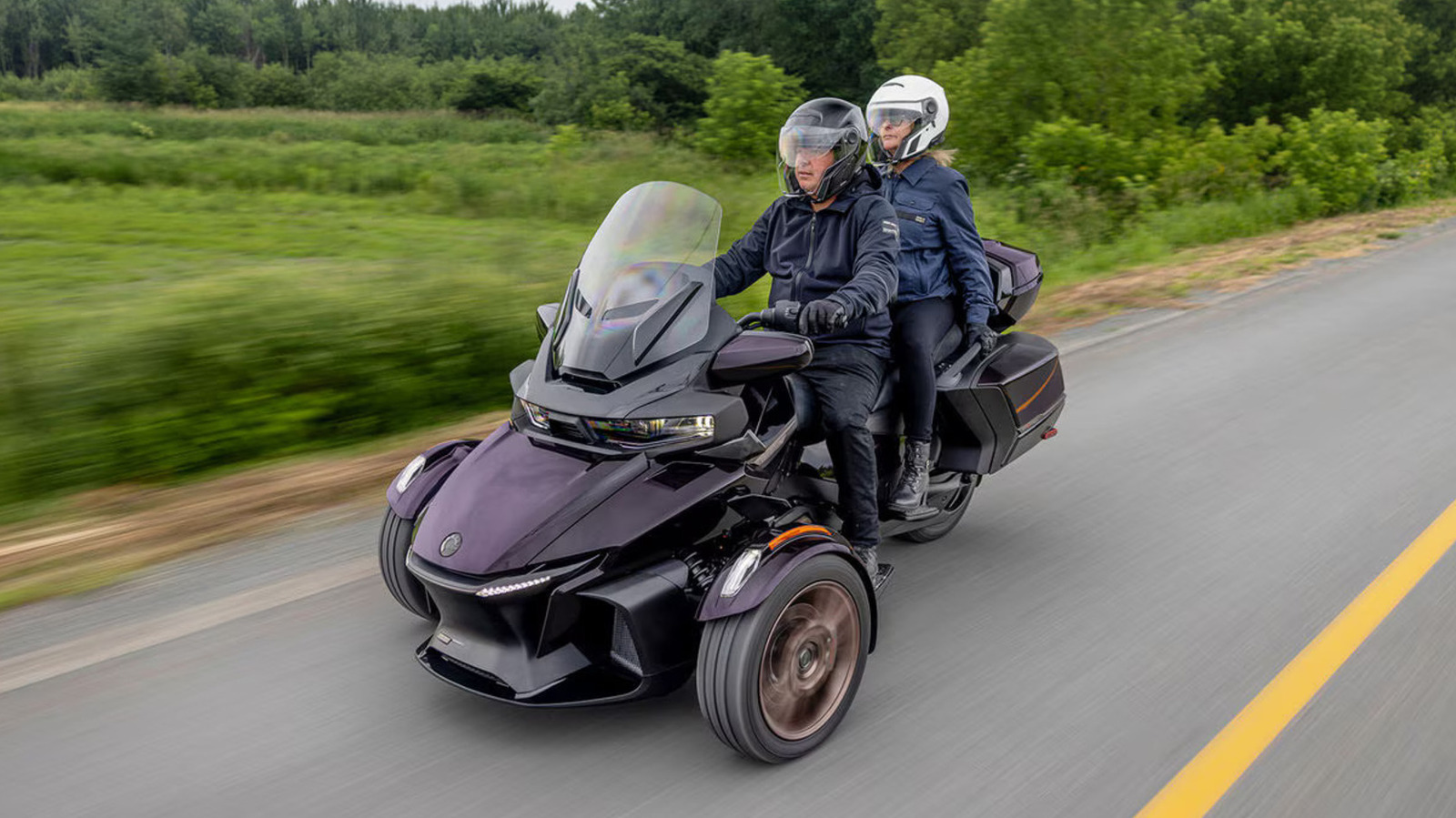


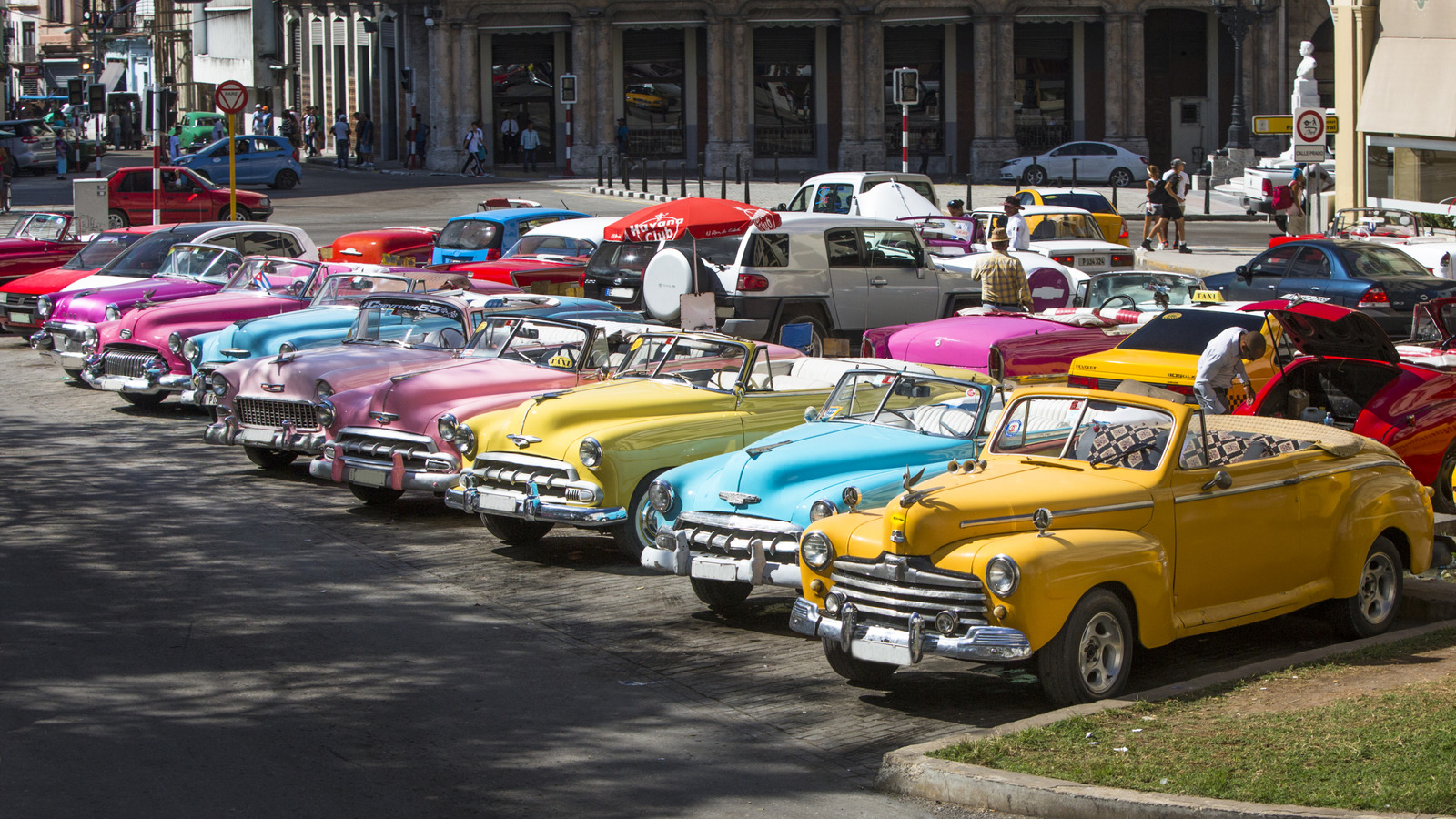




































_NicoElNino_Alamy.jpg?width=1280&auto=webp&quality=80&disable=upscale#)
































































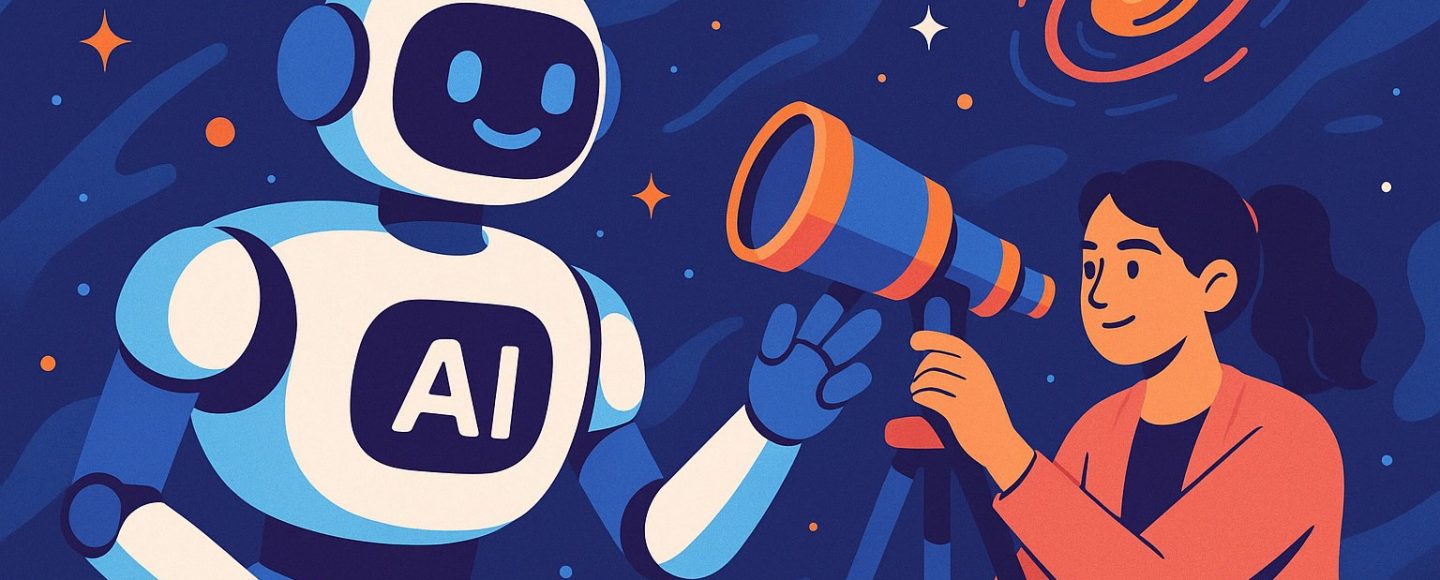
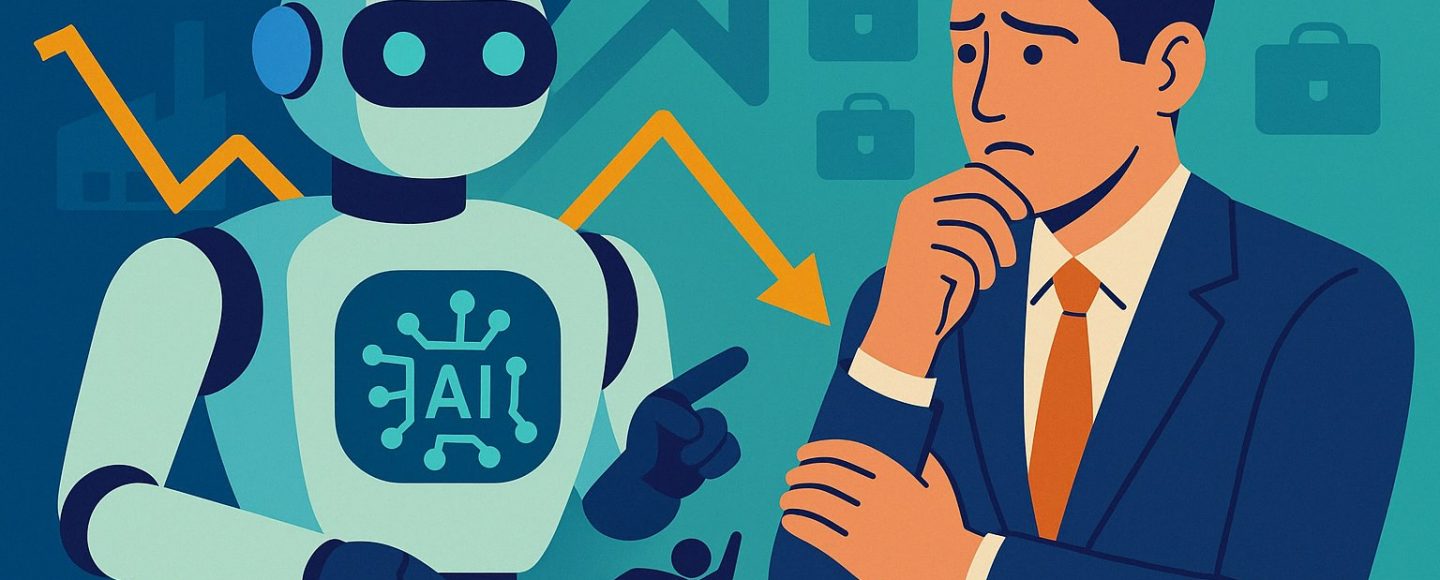






















































![[The AI Show Episode 145]: OpenAI Releases o3 and o4-mini, AI Is Causing “Quiet Layoffs,” Executive Order on Youth AI Education & GPT-4o’s Controversial Update](https://www.marketingaiinstitute.com/hubfs/ep%20145%20cover.png)
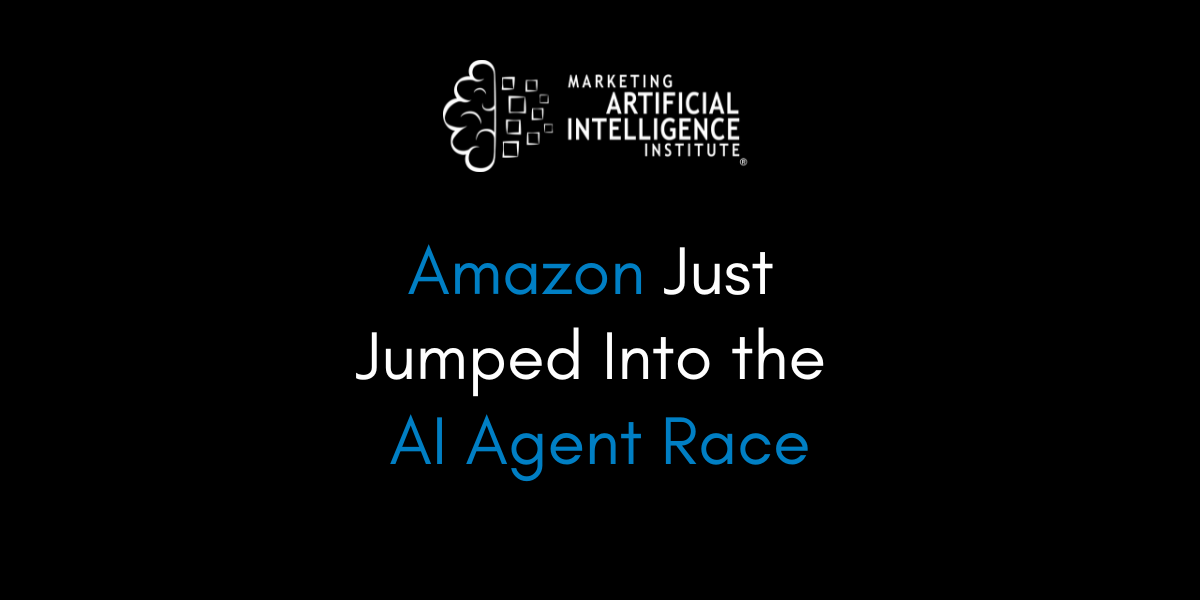
![[The AI Show Episode 144]: ChatGPT’s New Memory, Shopify CEO’s Leaked “AI First” Memo, Google Cloud Next Releases, o3 and o4-mini Coming Soon & Llama 4’s Rocky Launch](https://www.marketingaiinstitute.com/hubfs/ep%20144%20cover.png)







































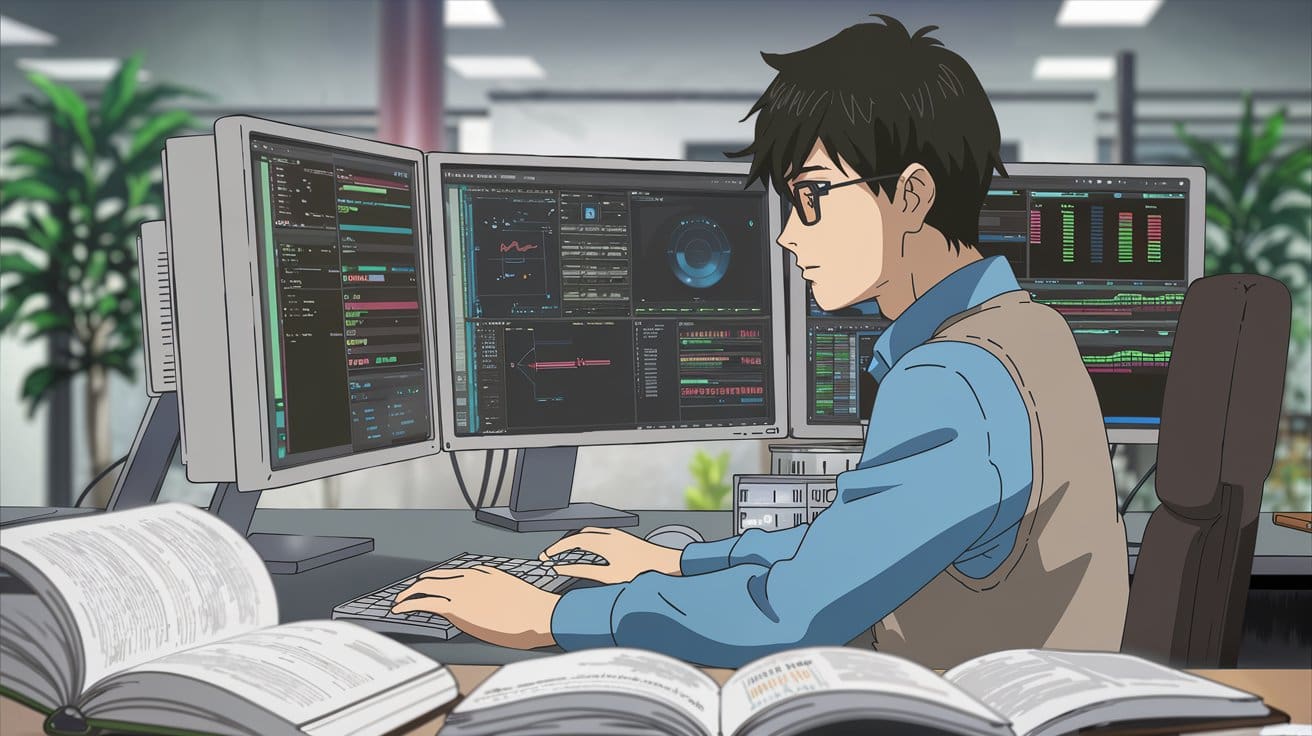









































































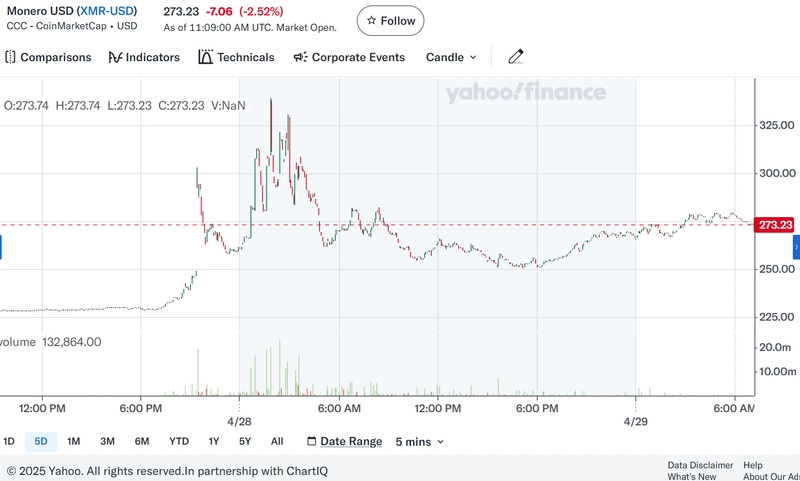
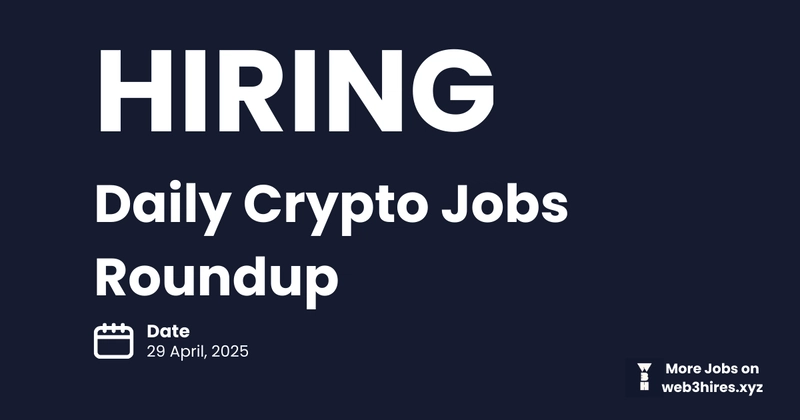
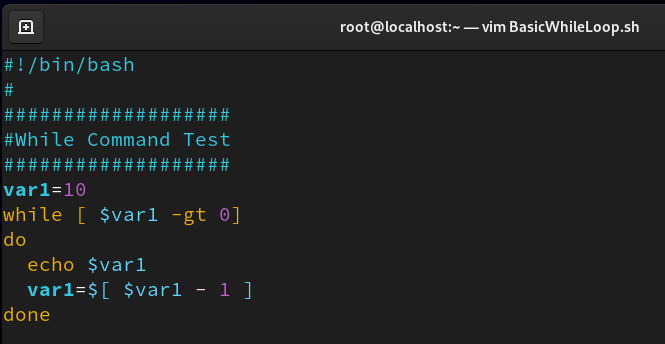
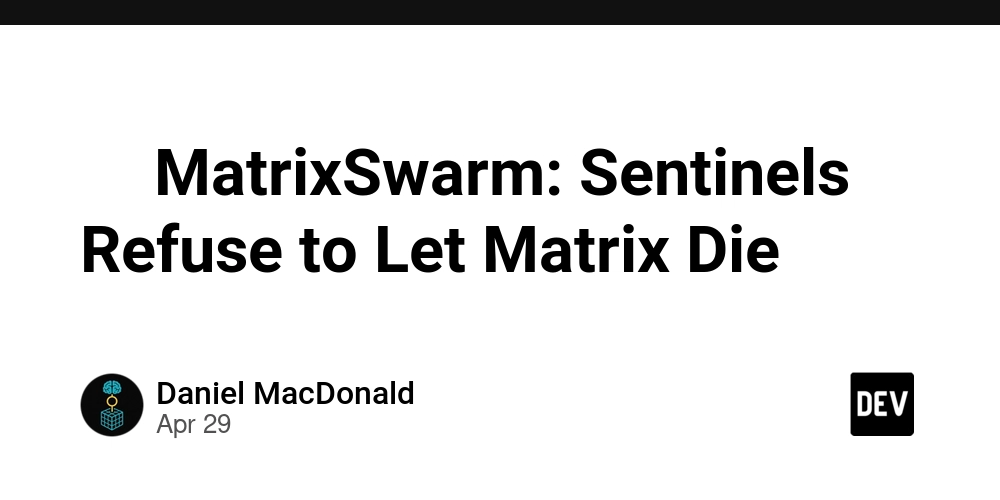
































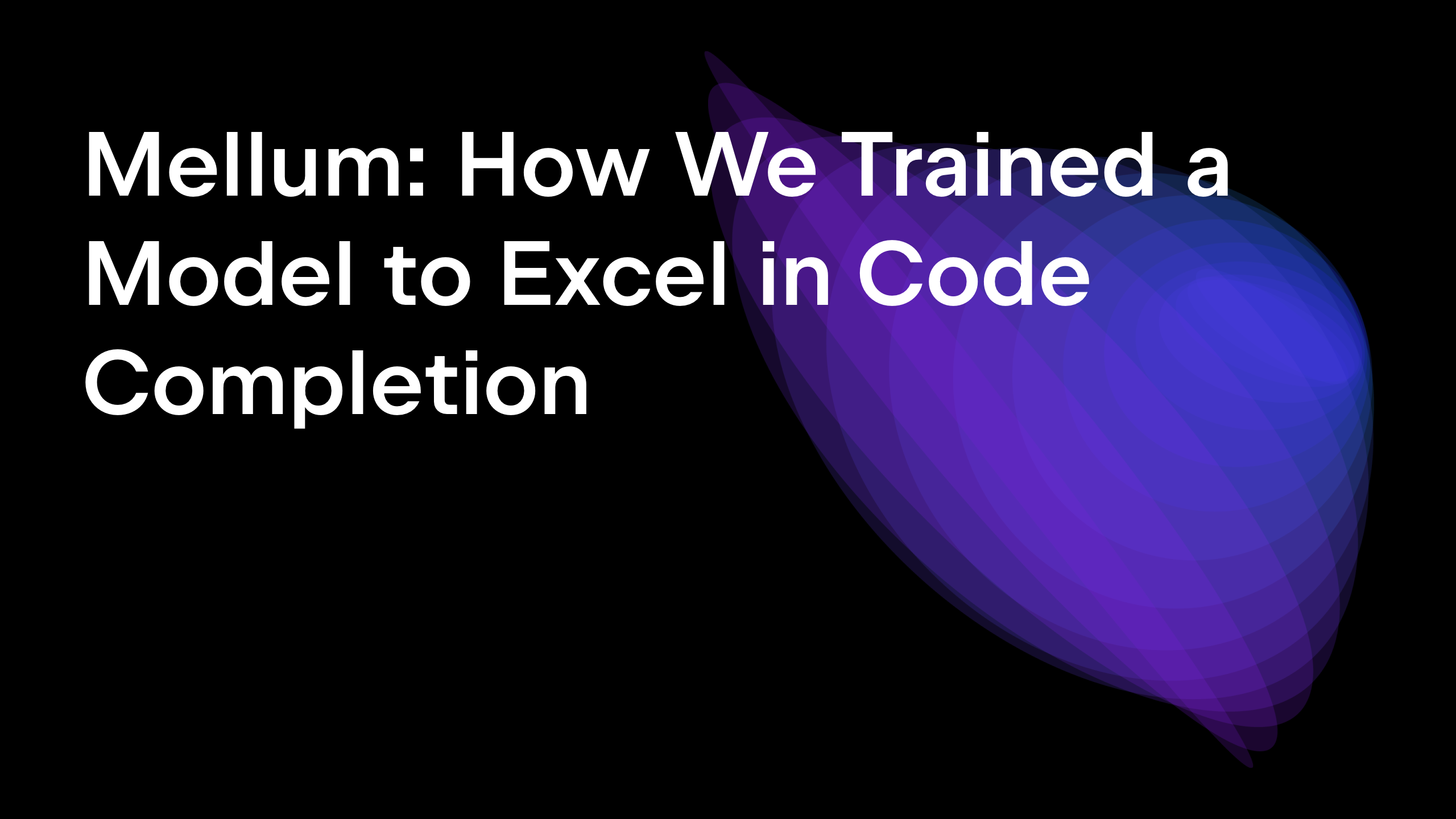









































.png?width=1920&height=1920&fit=bounds&quality=70&format=jpg&auto=webp#)





.jpg?#)














